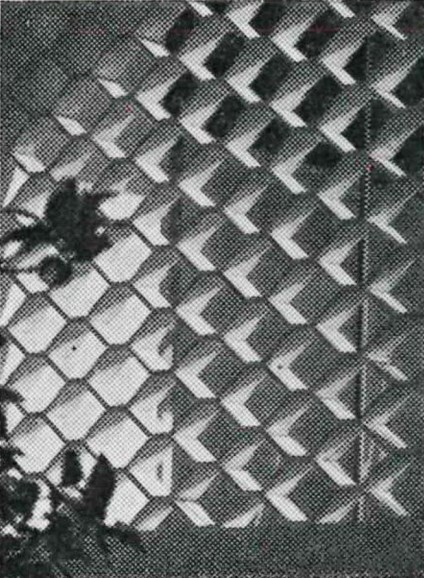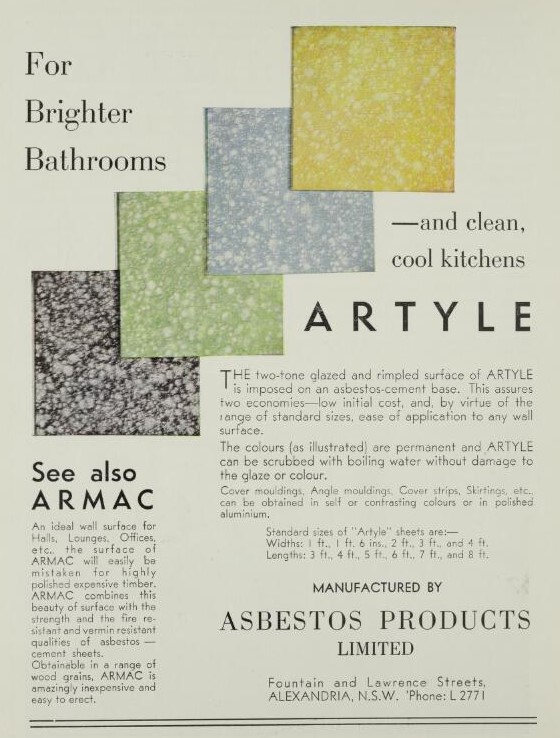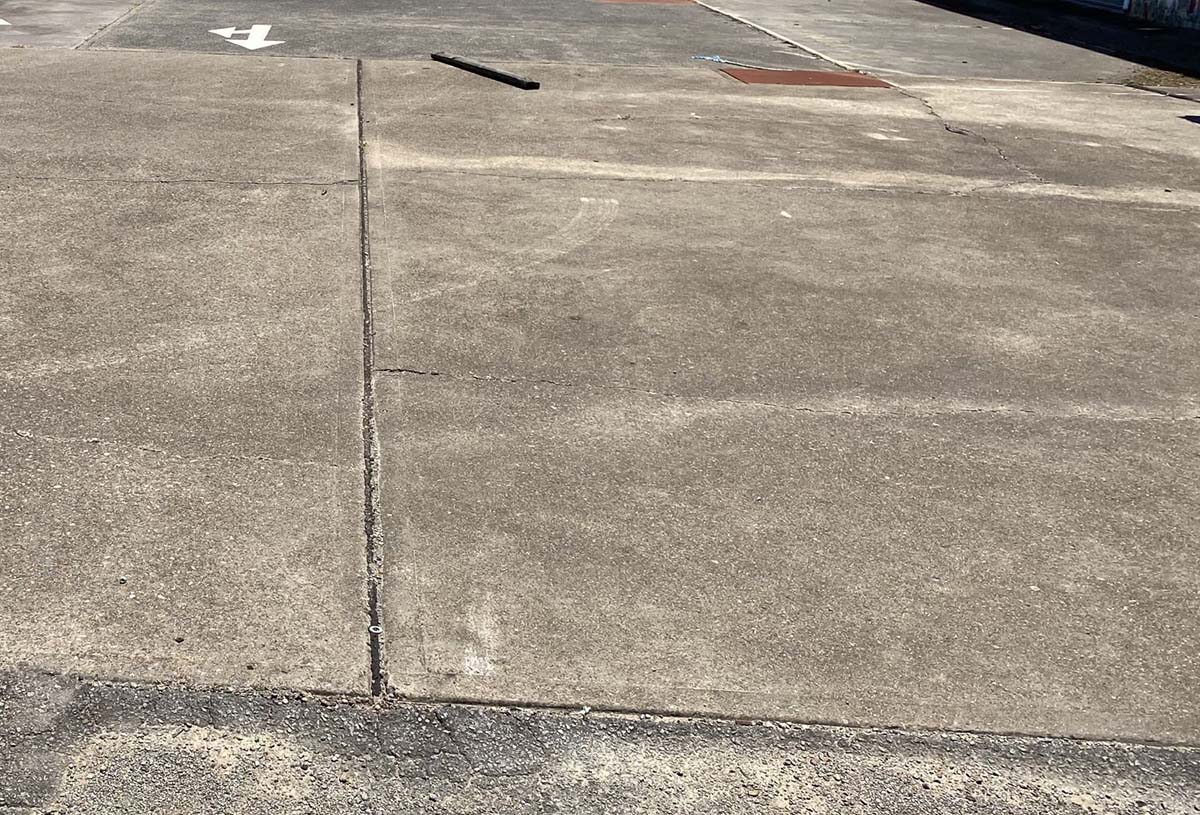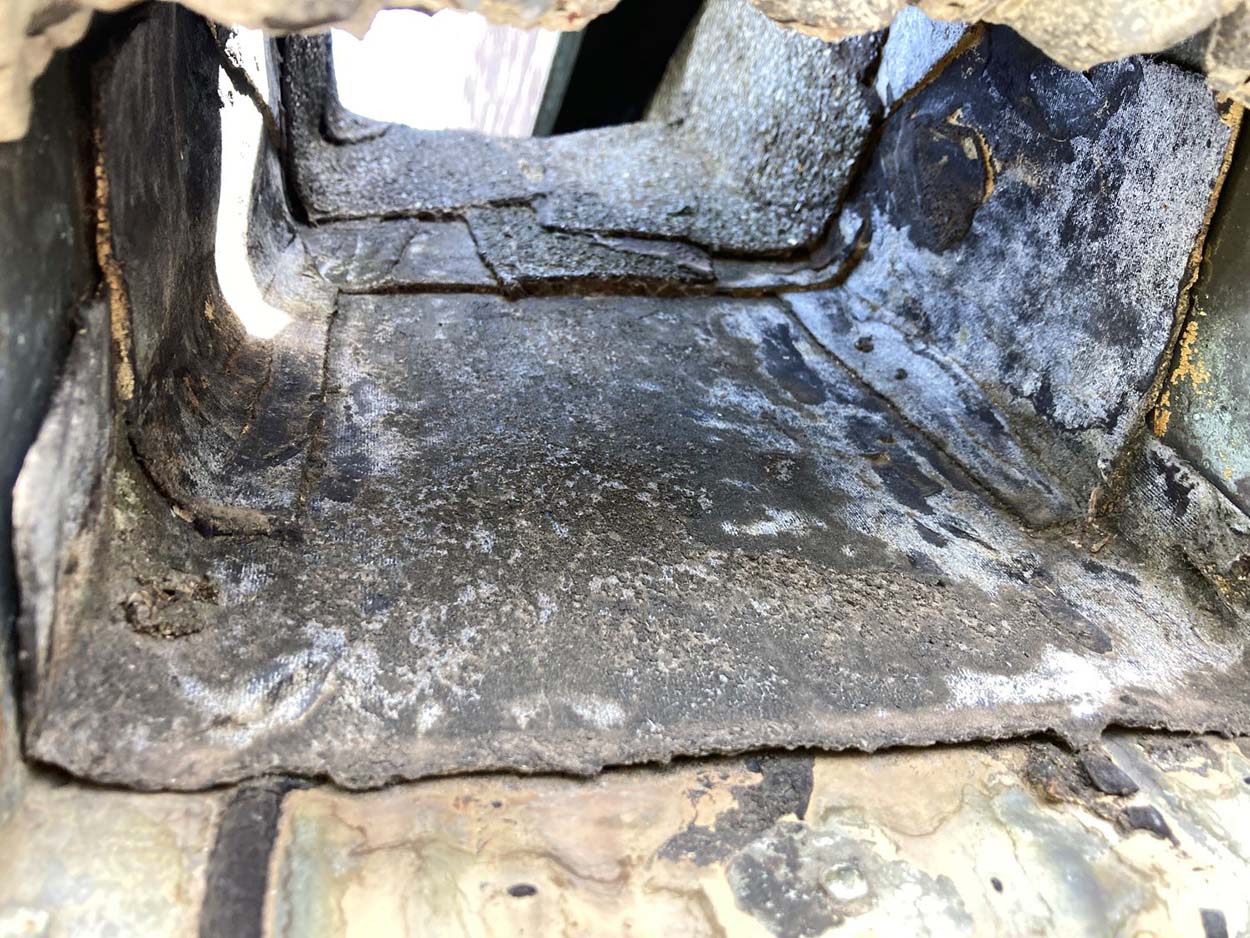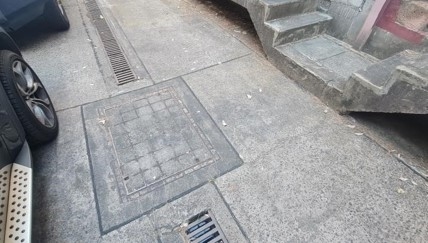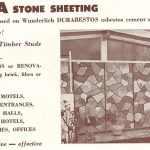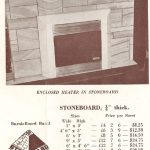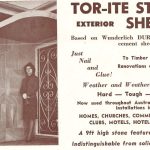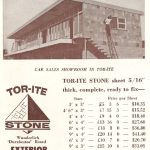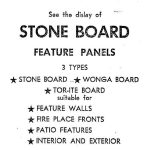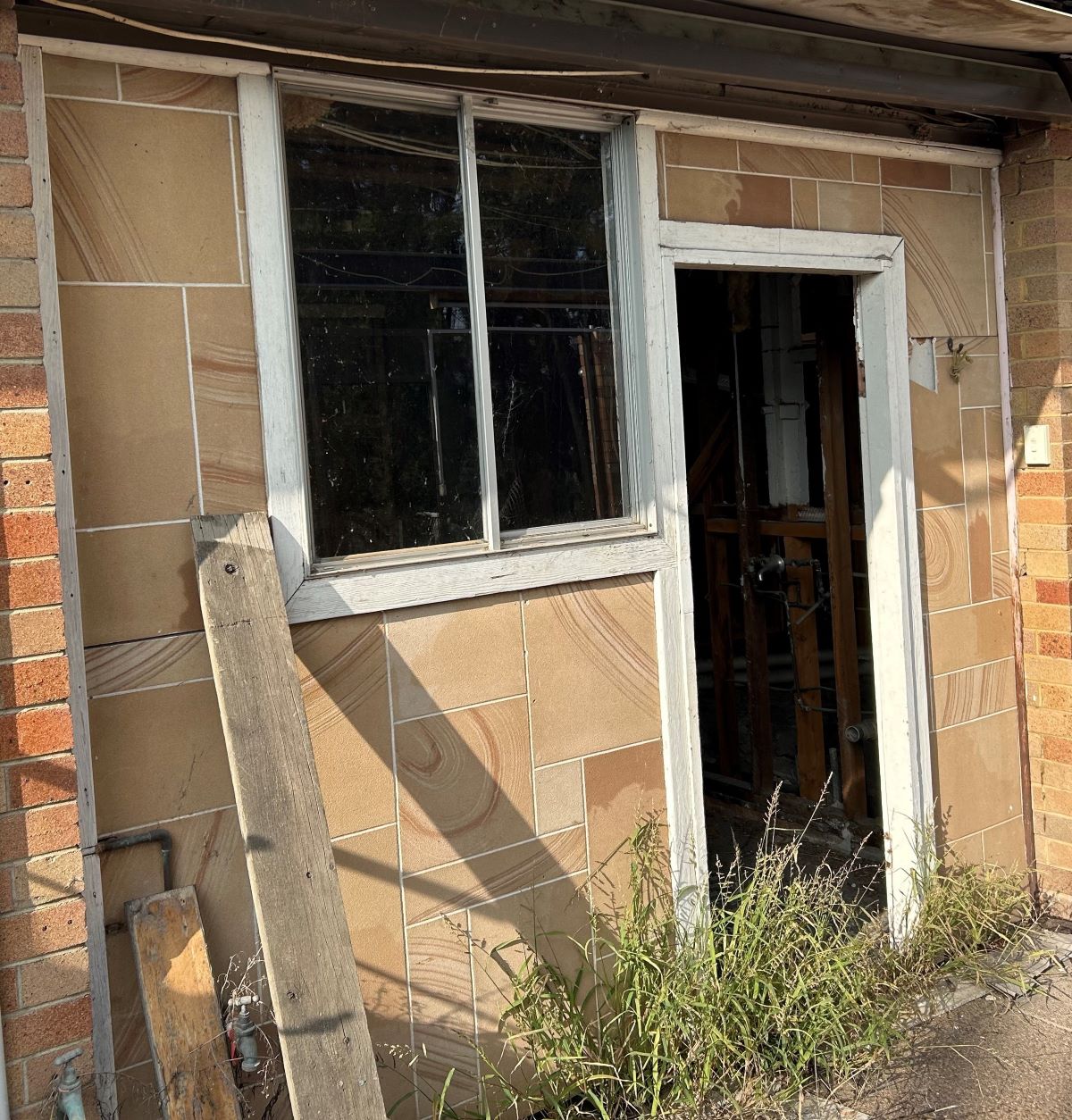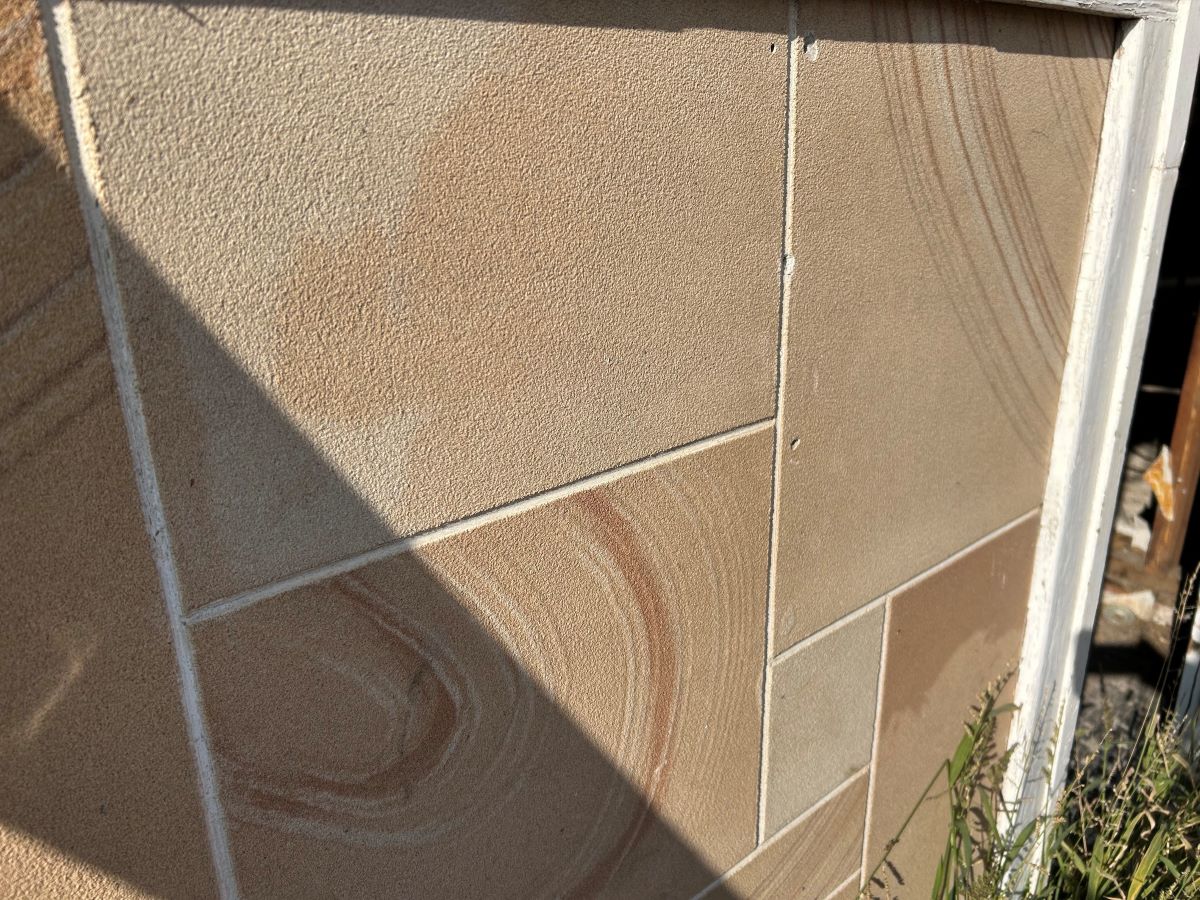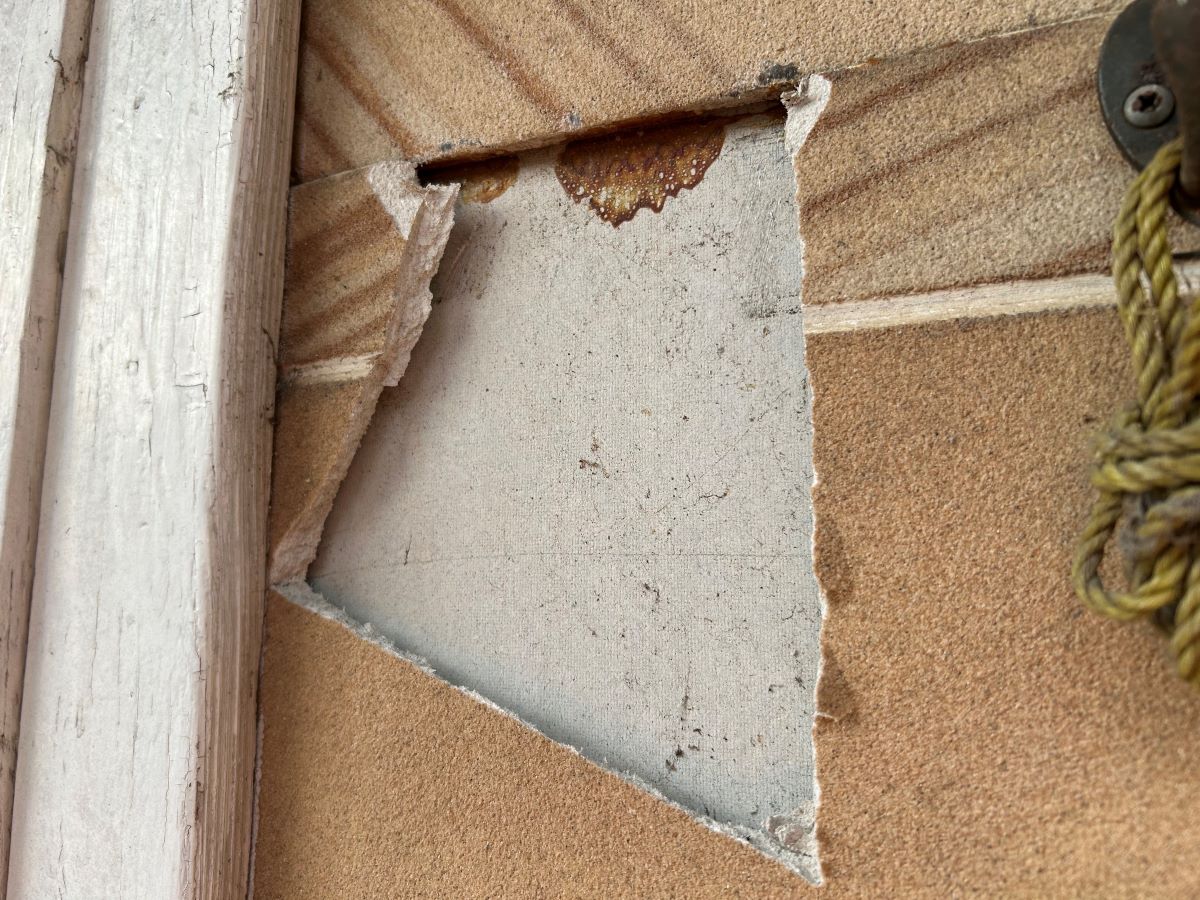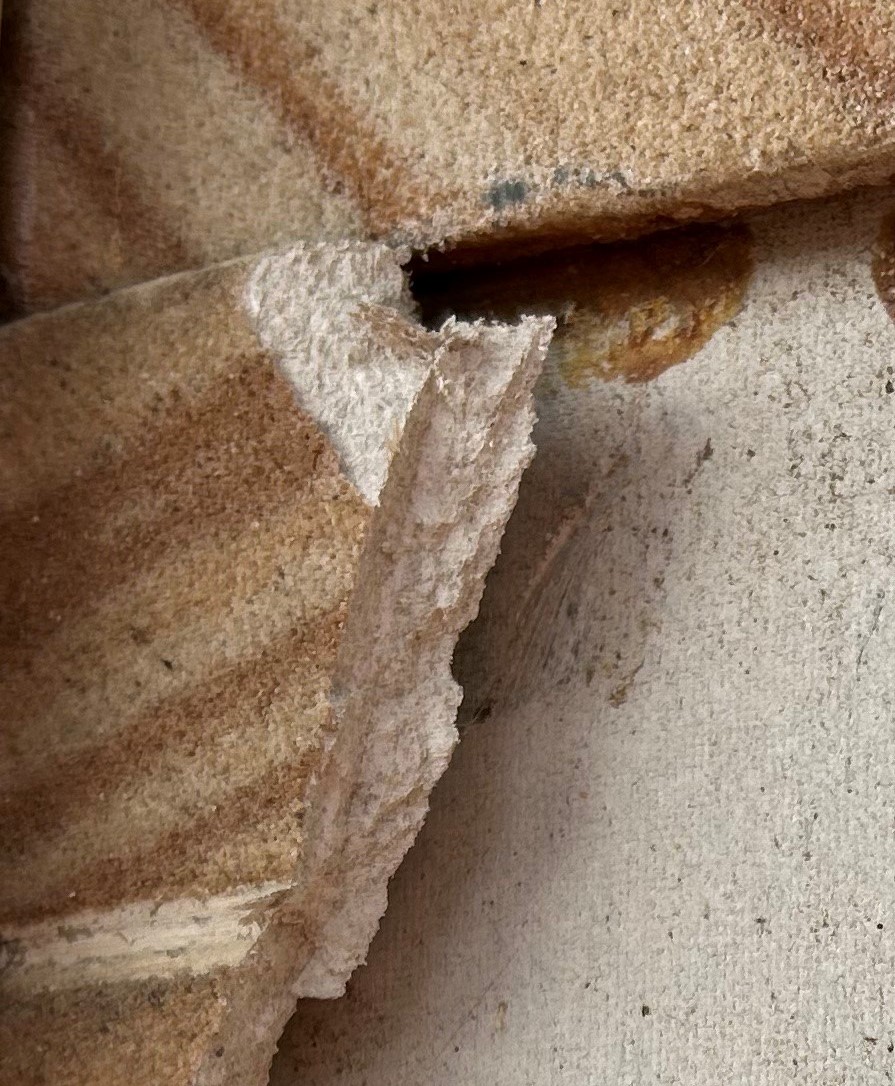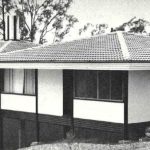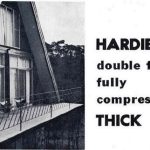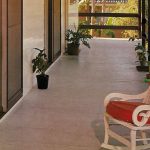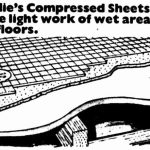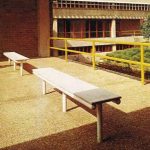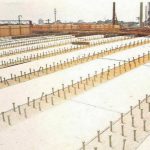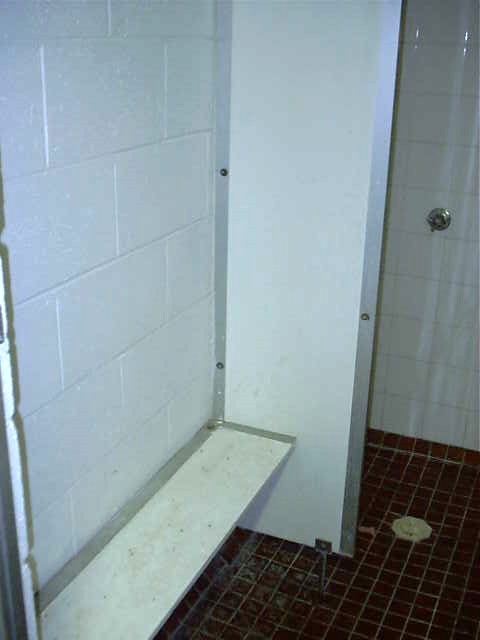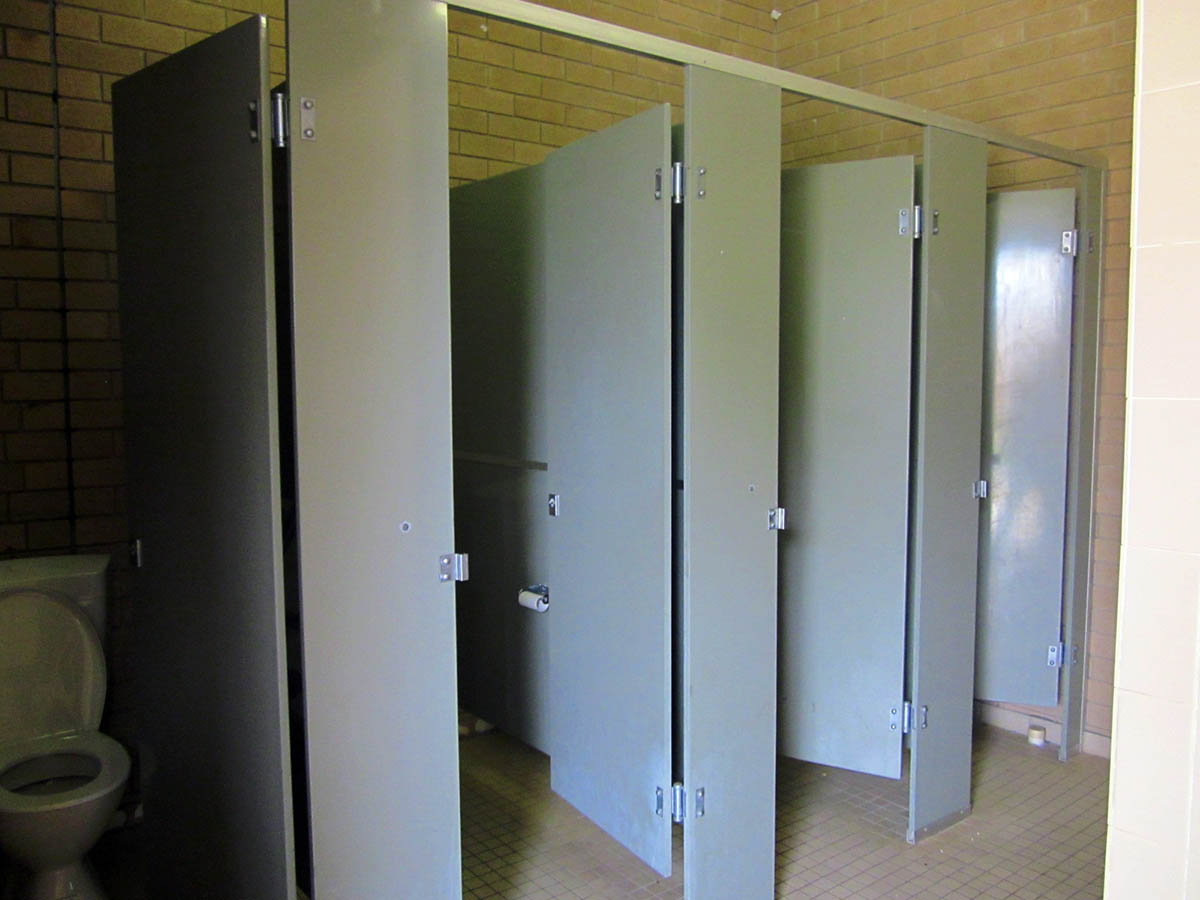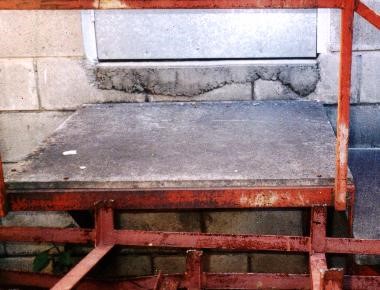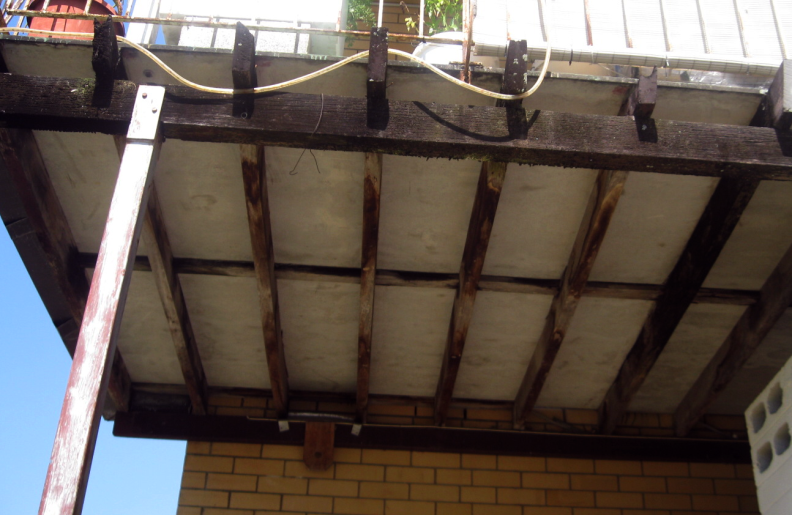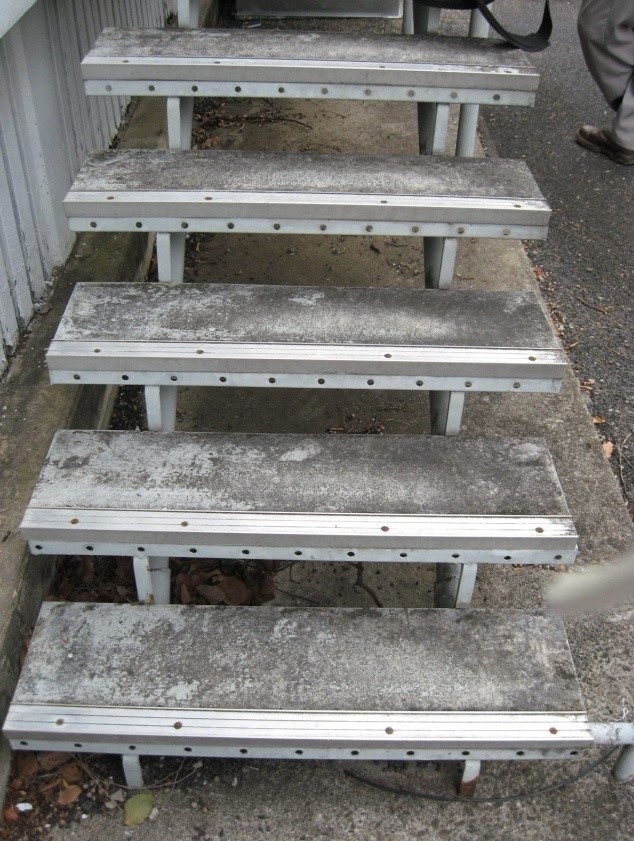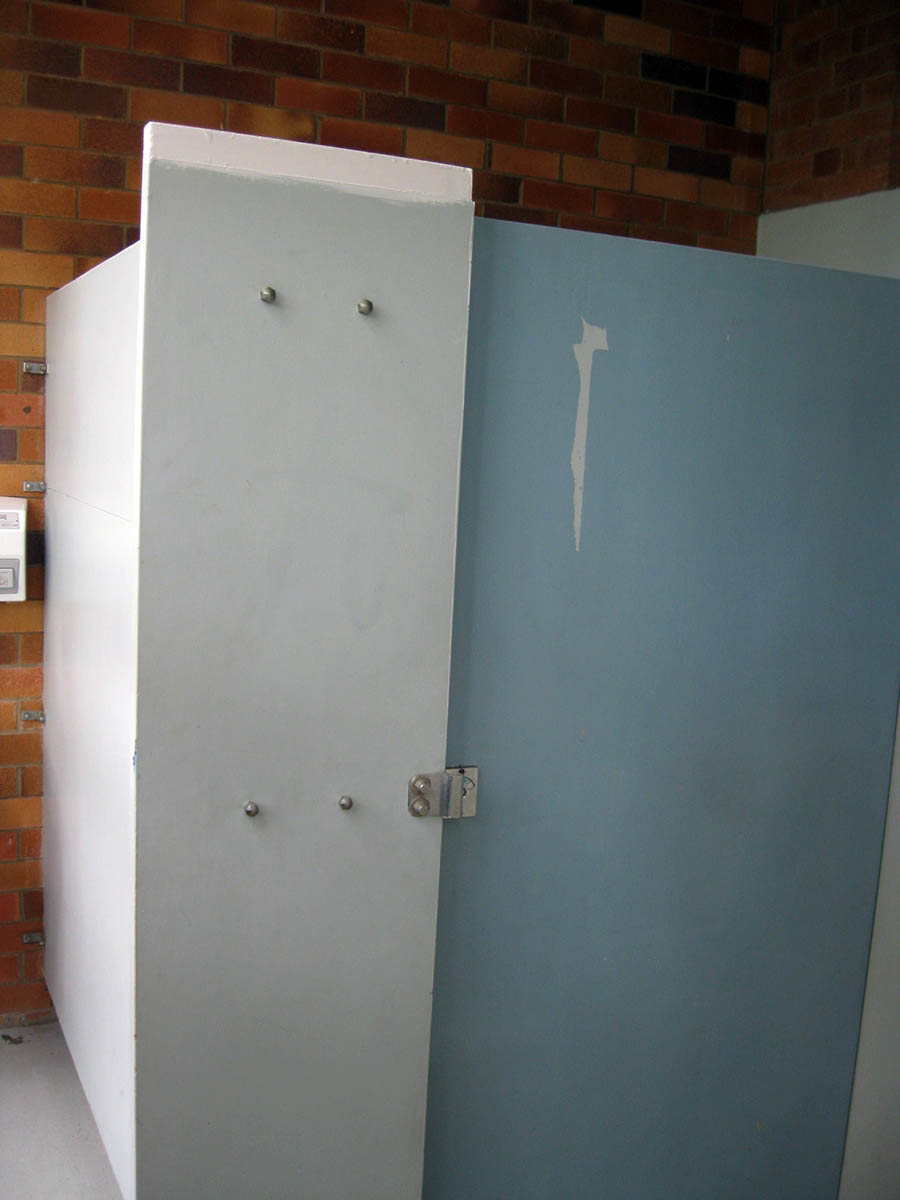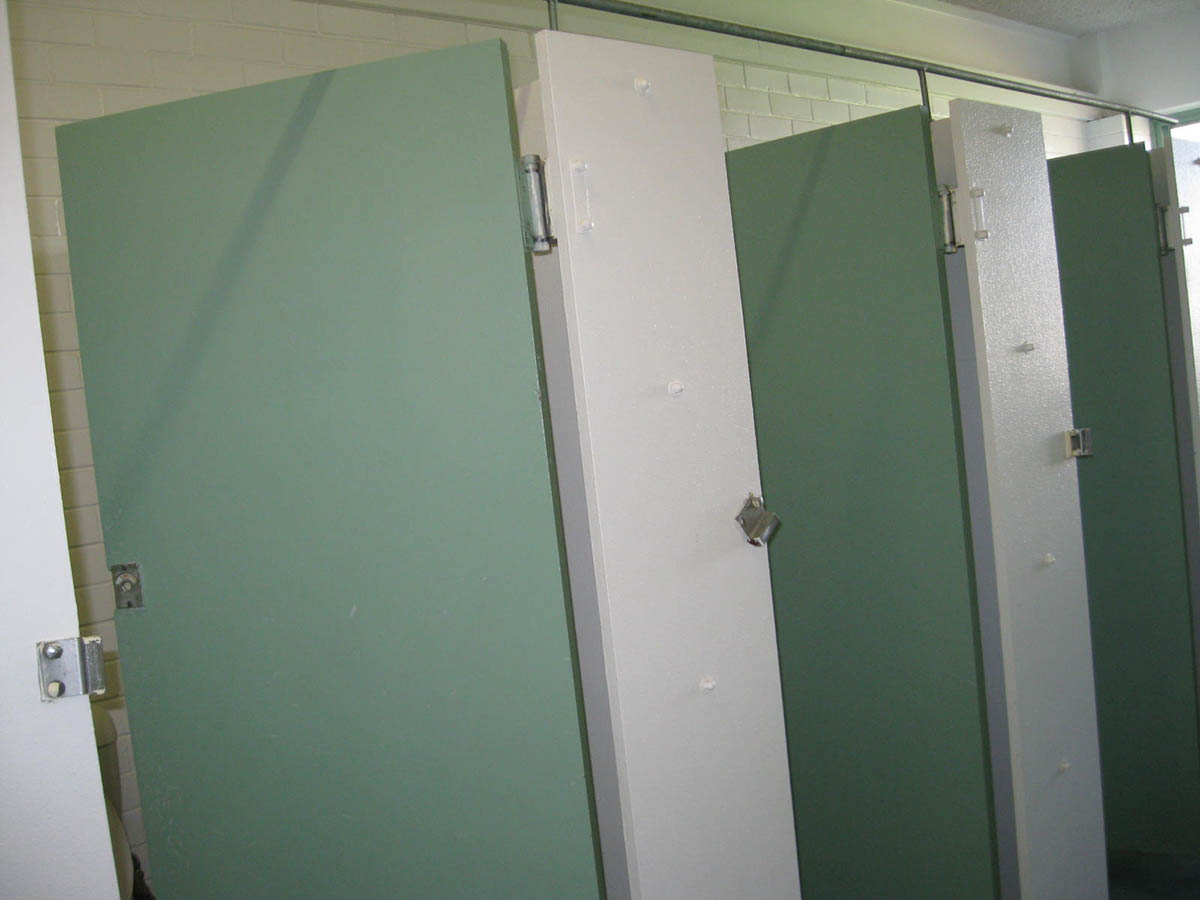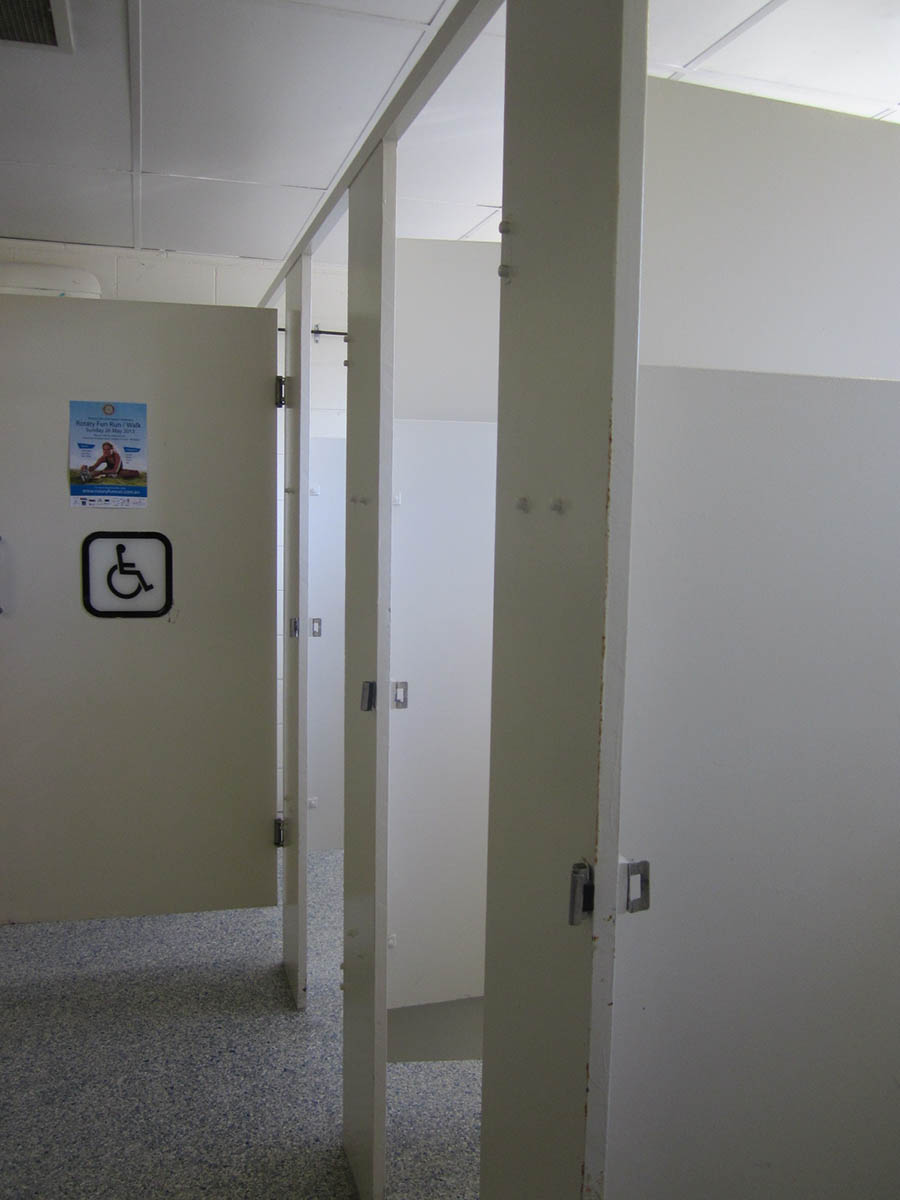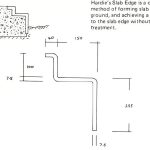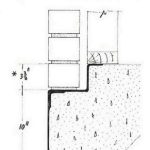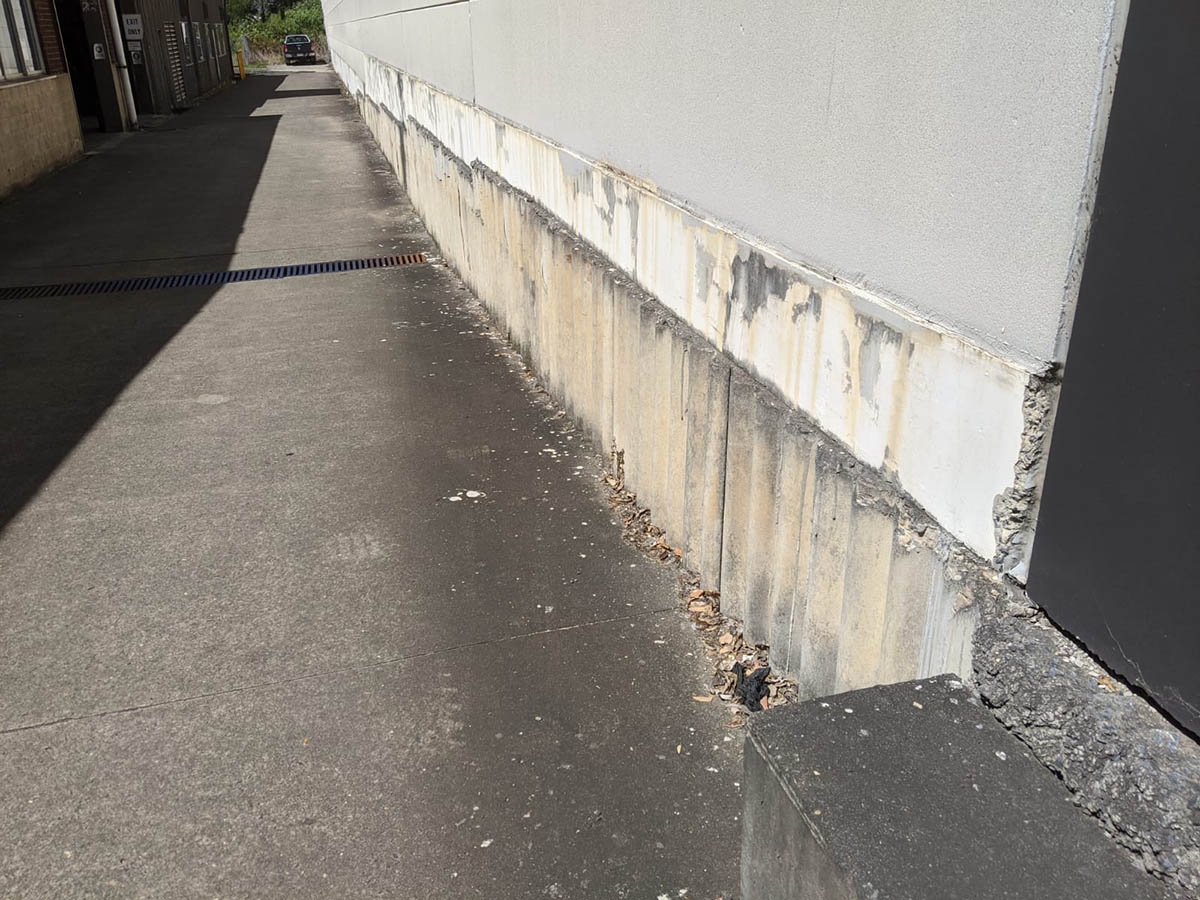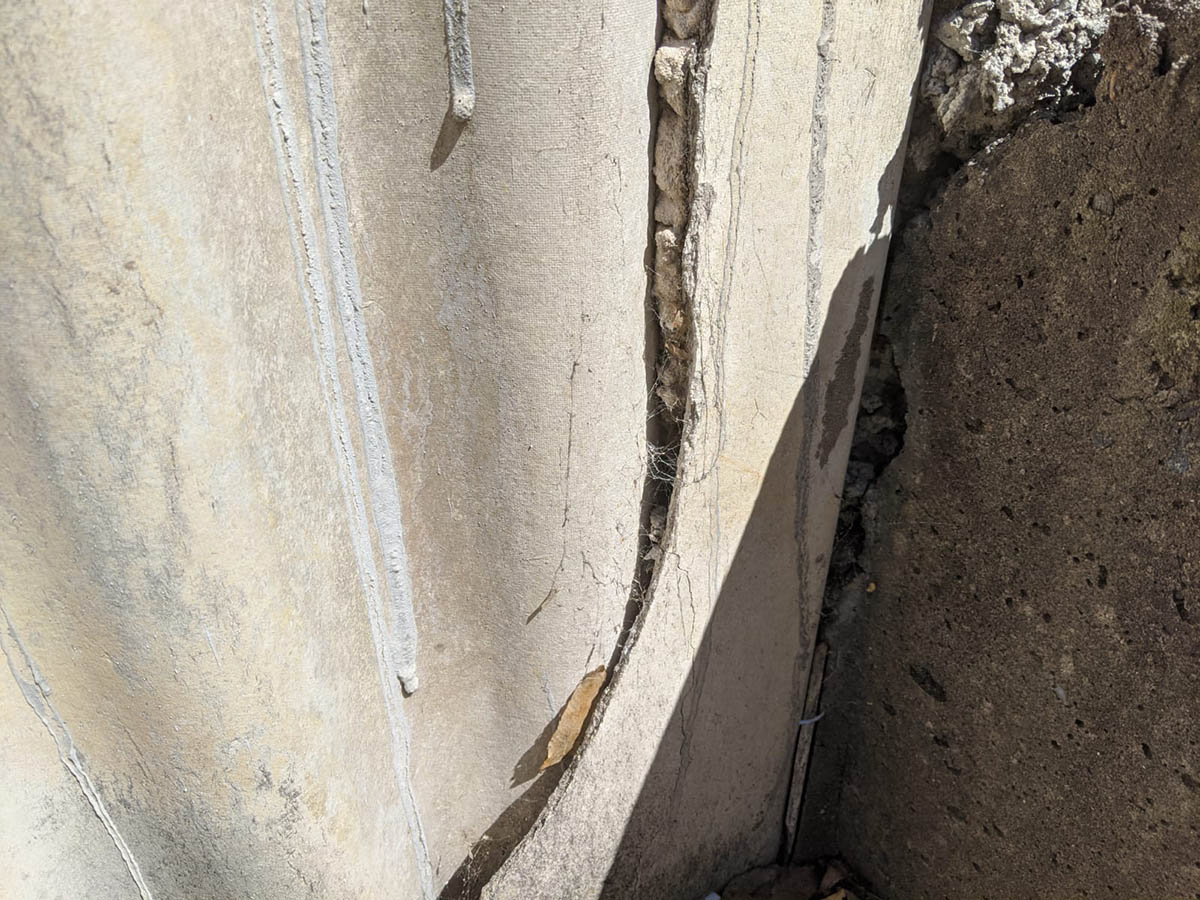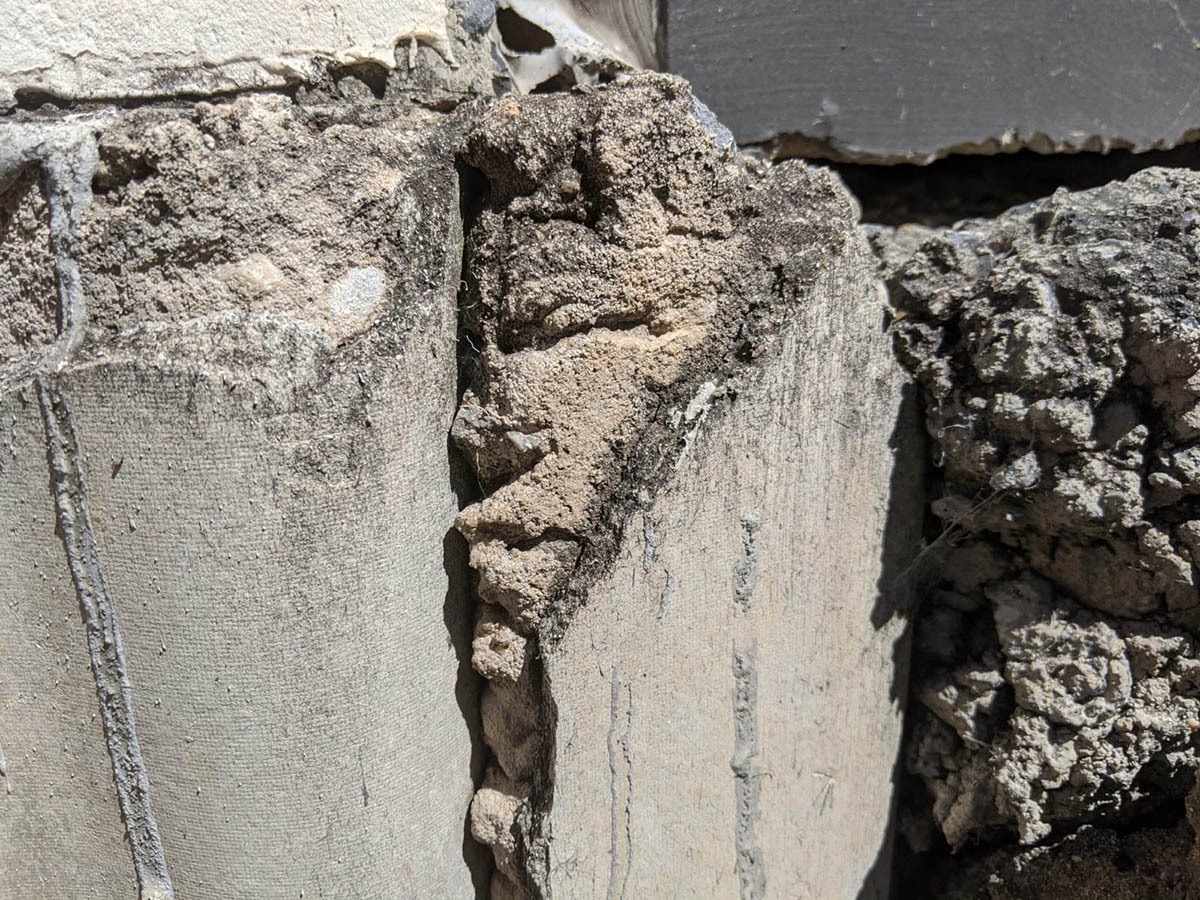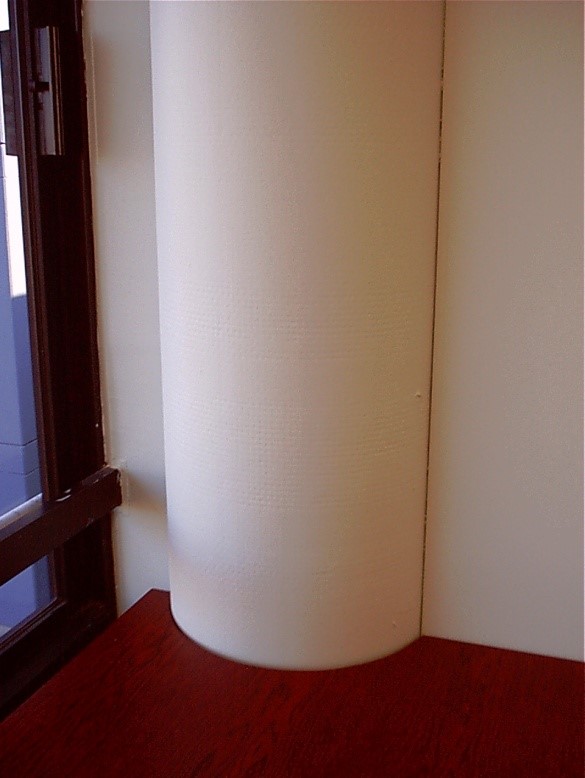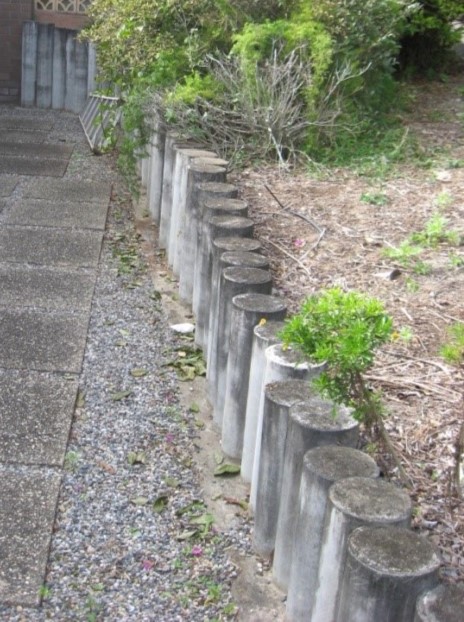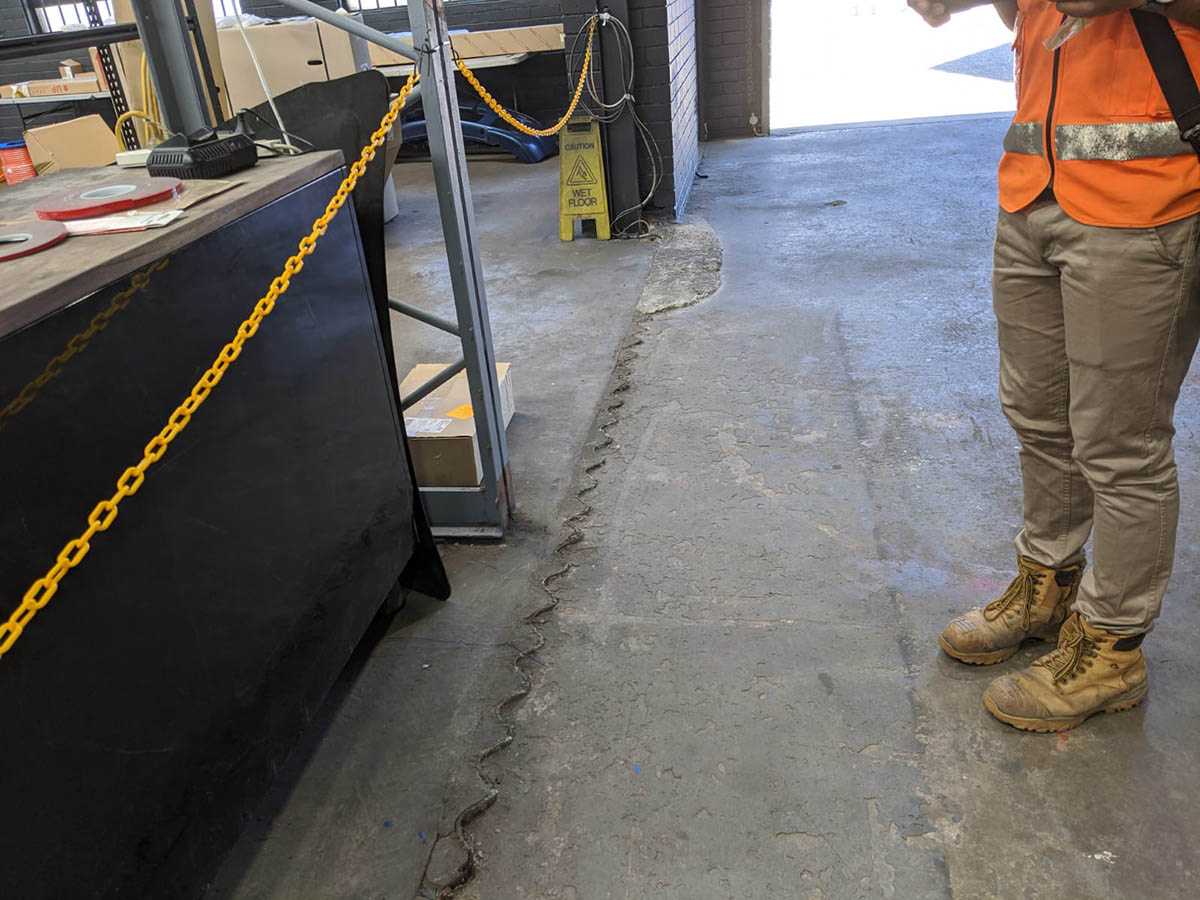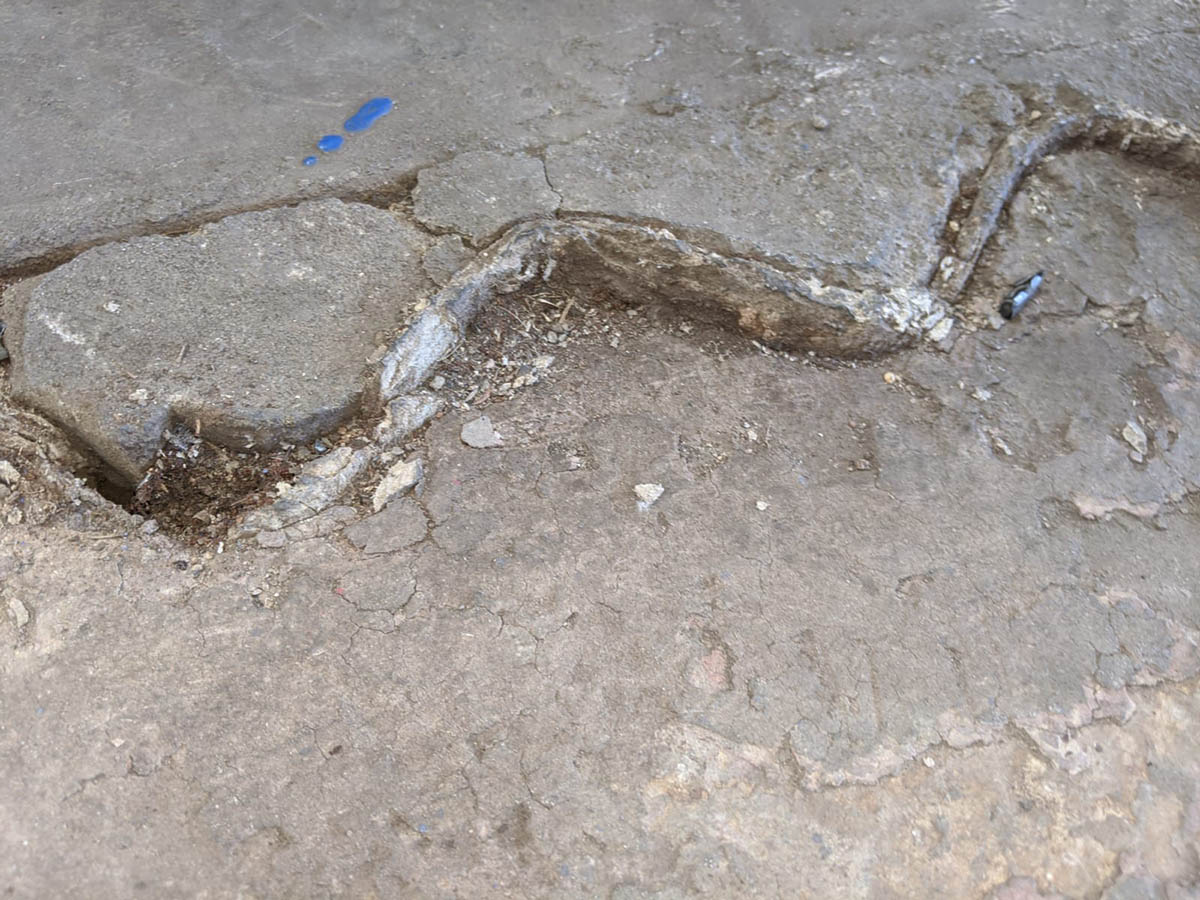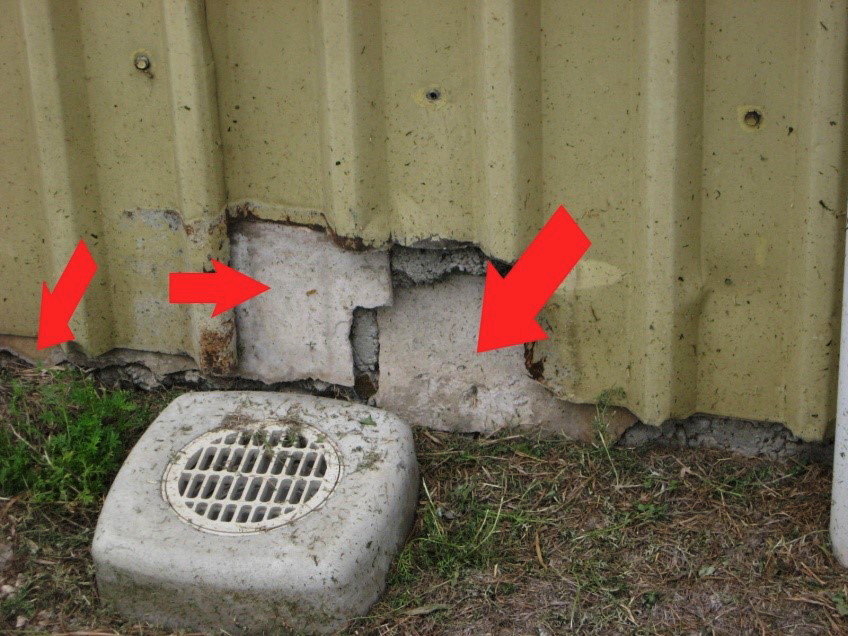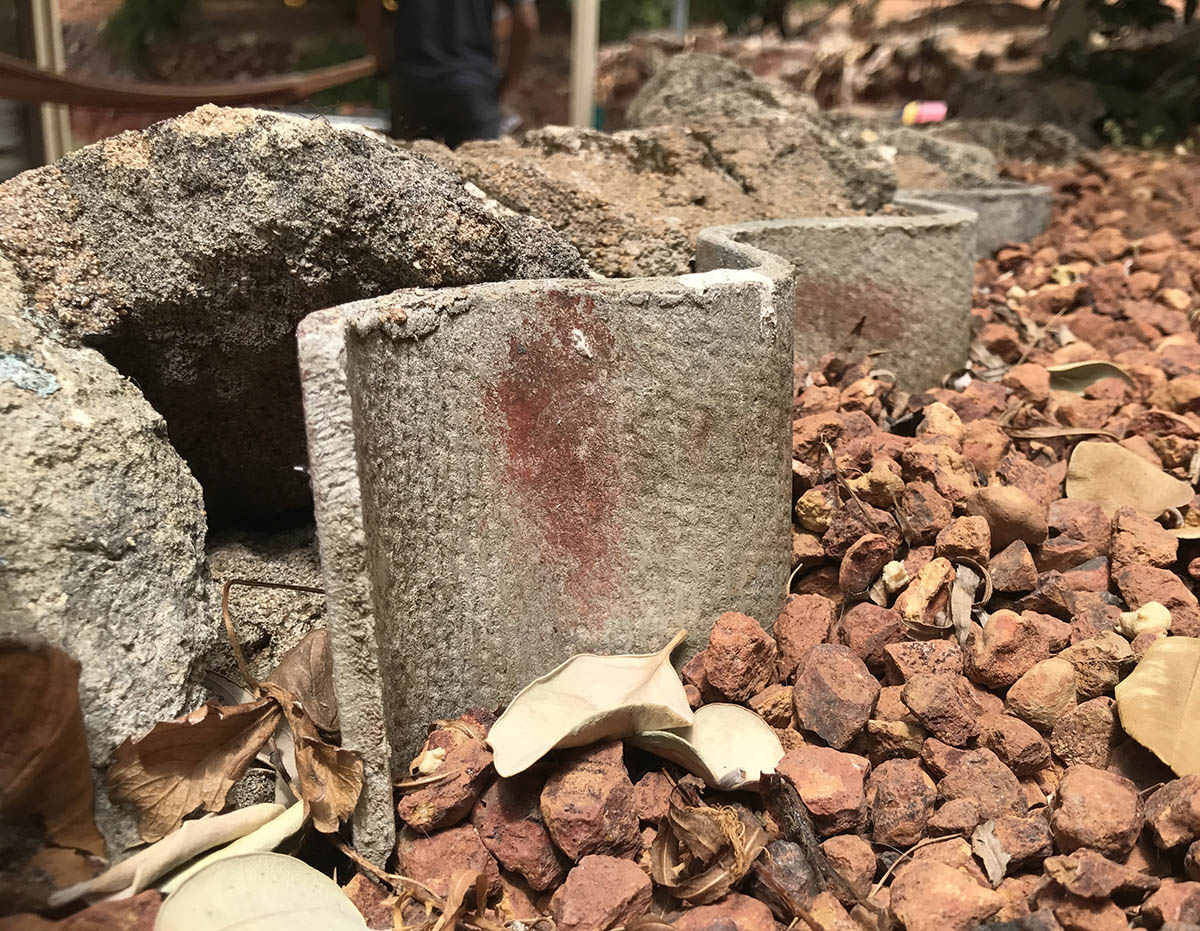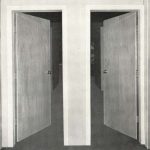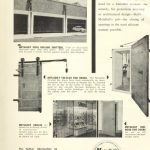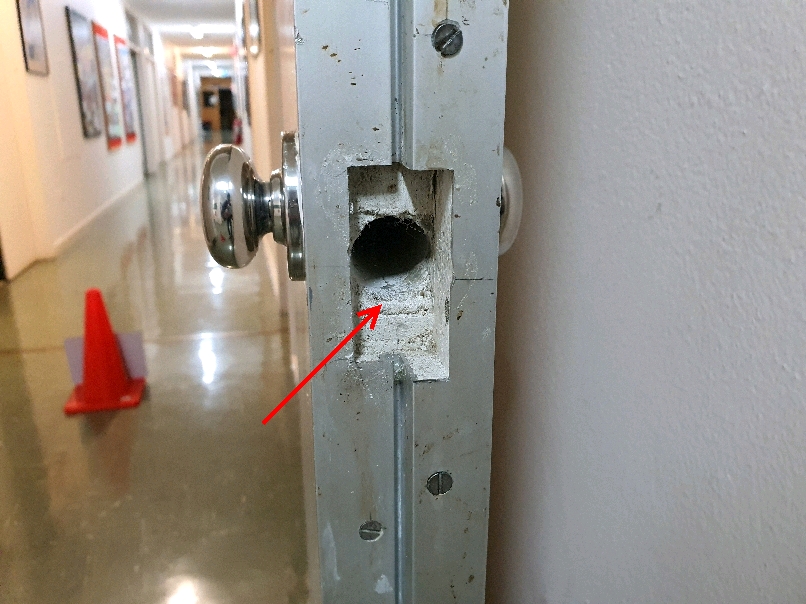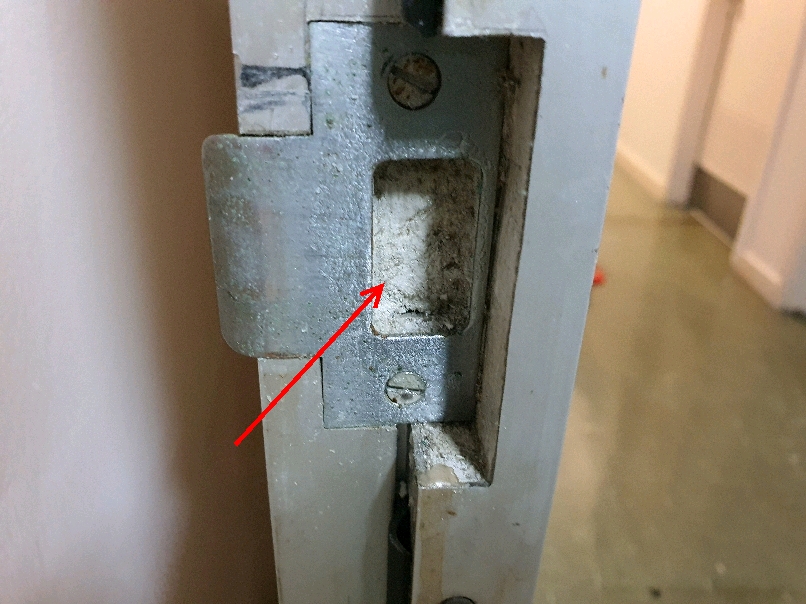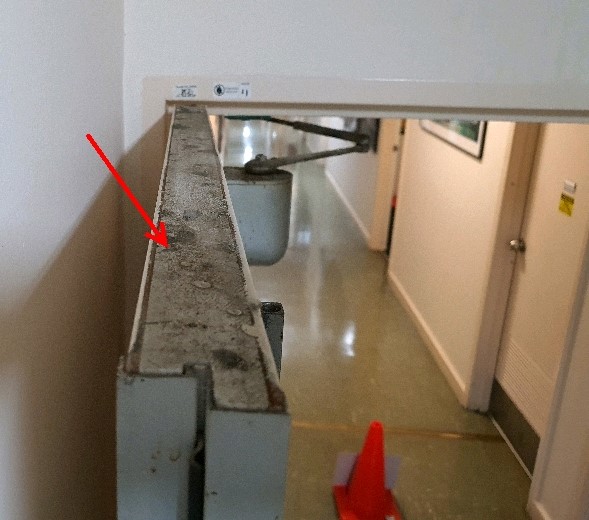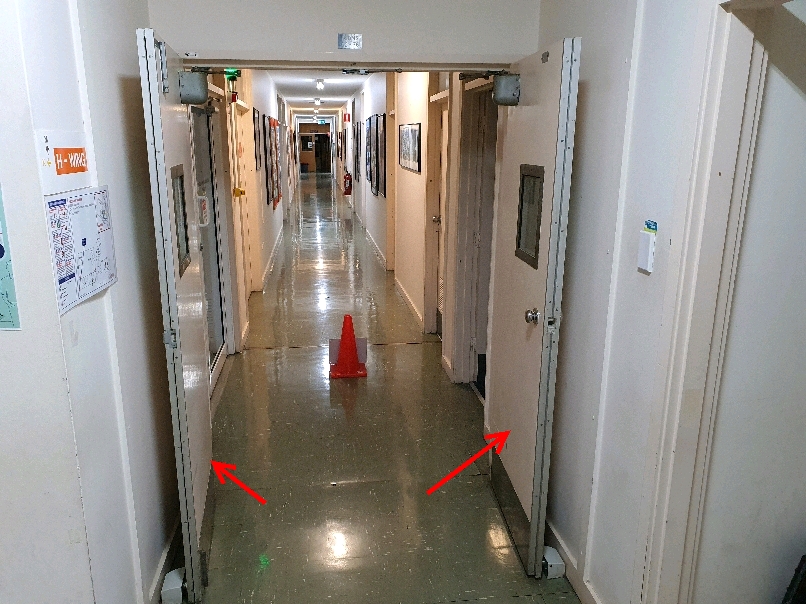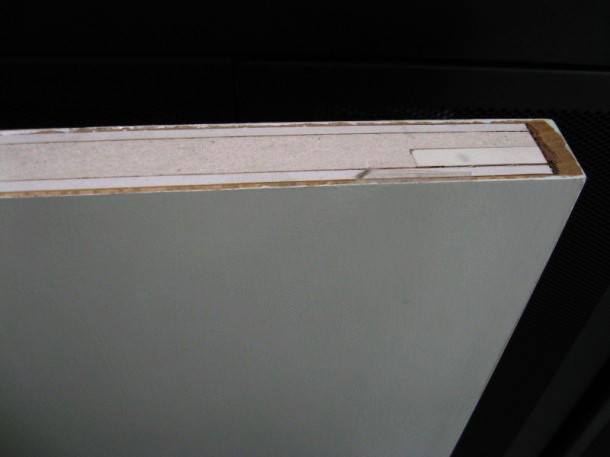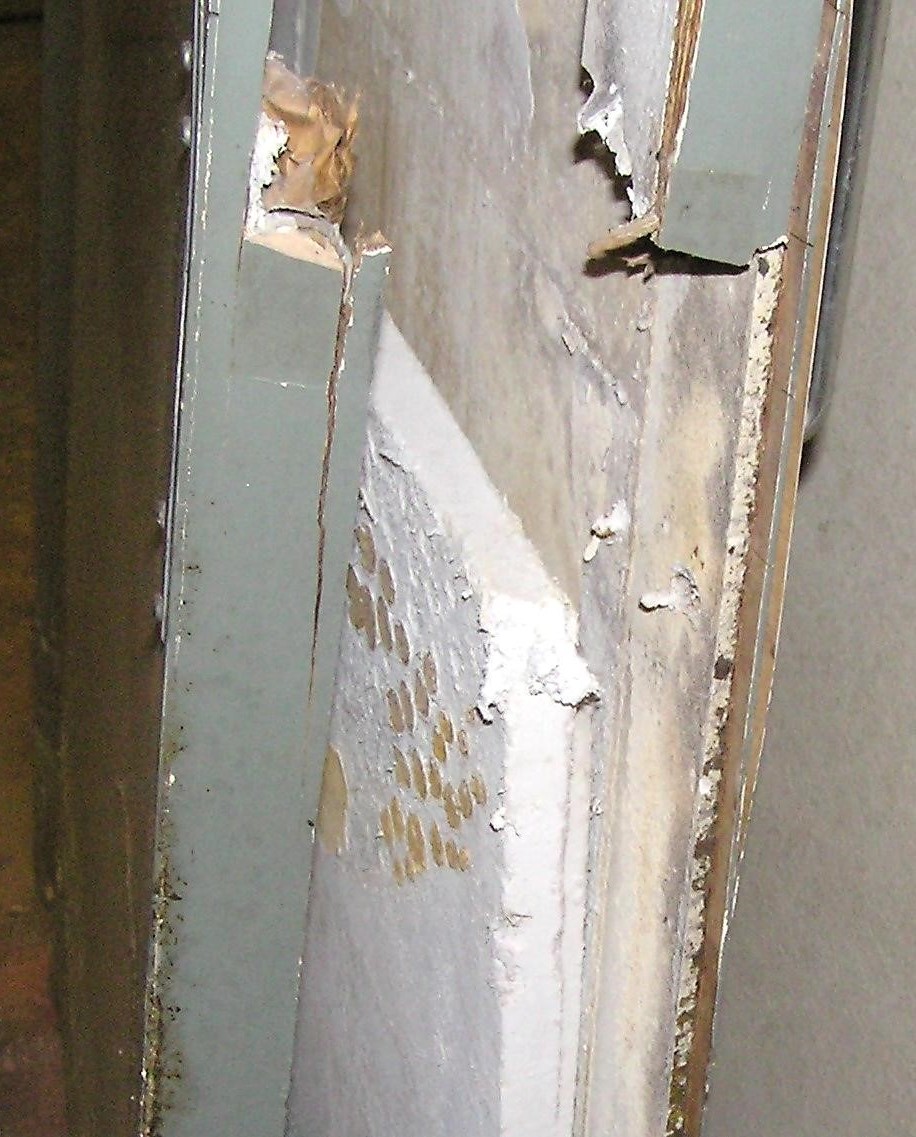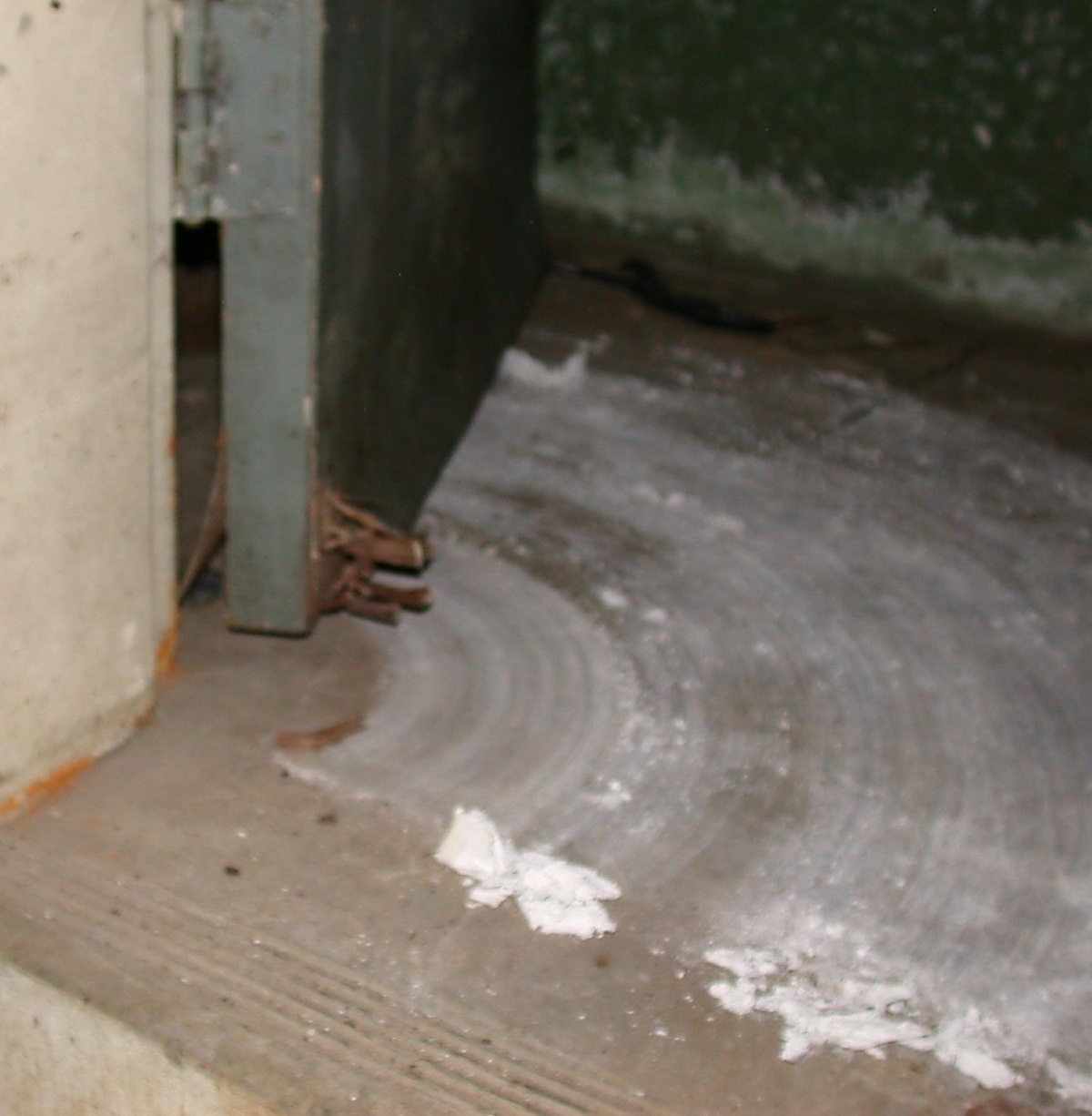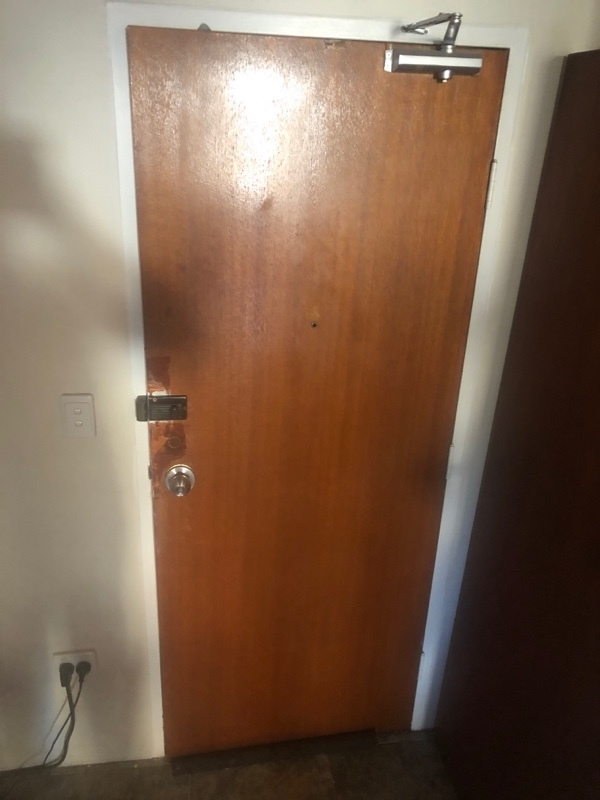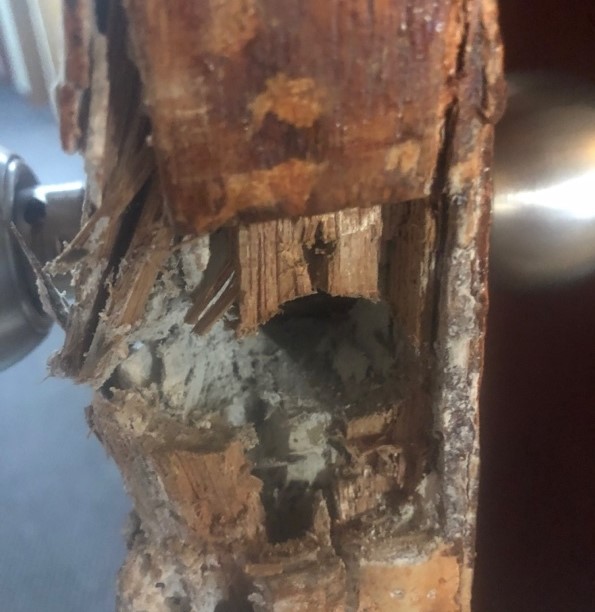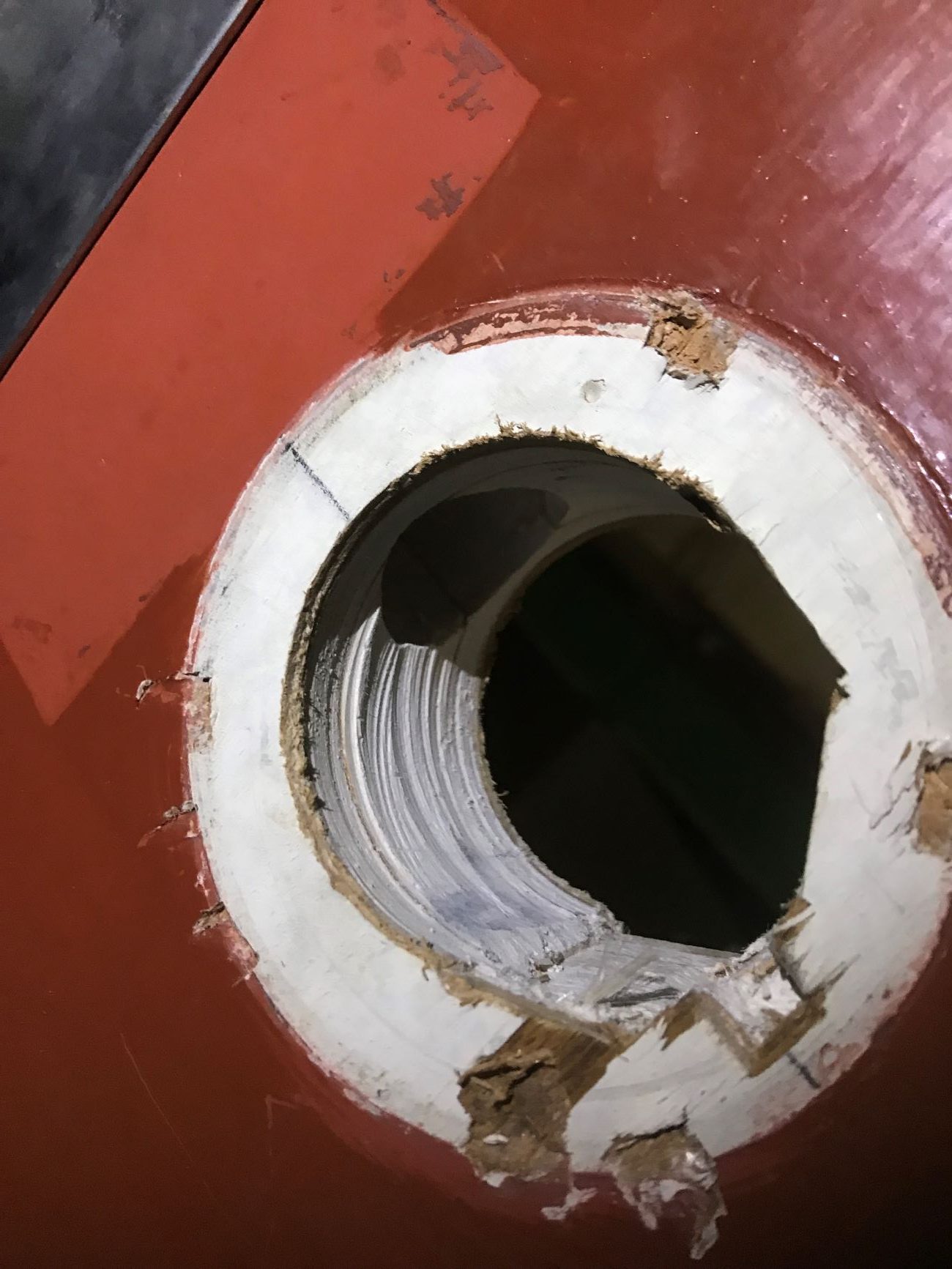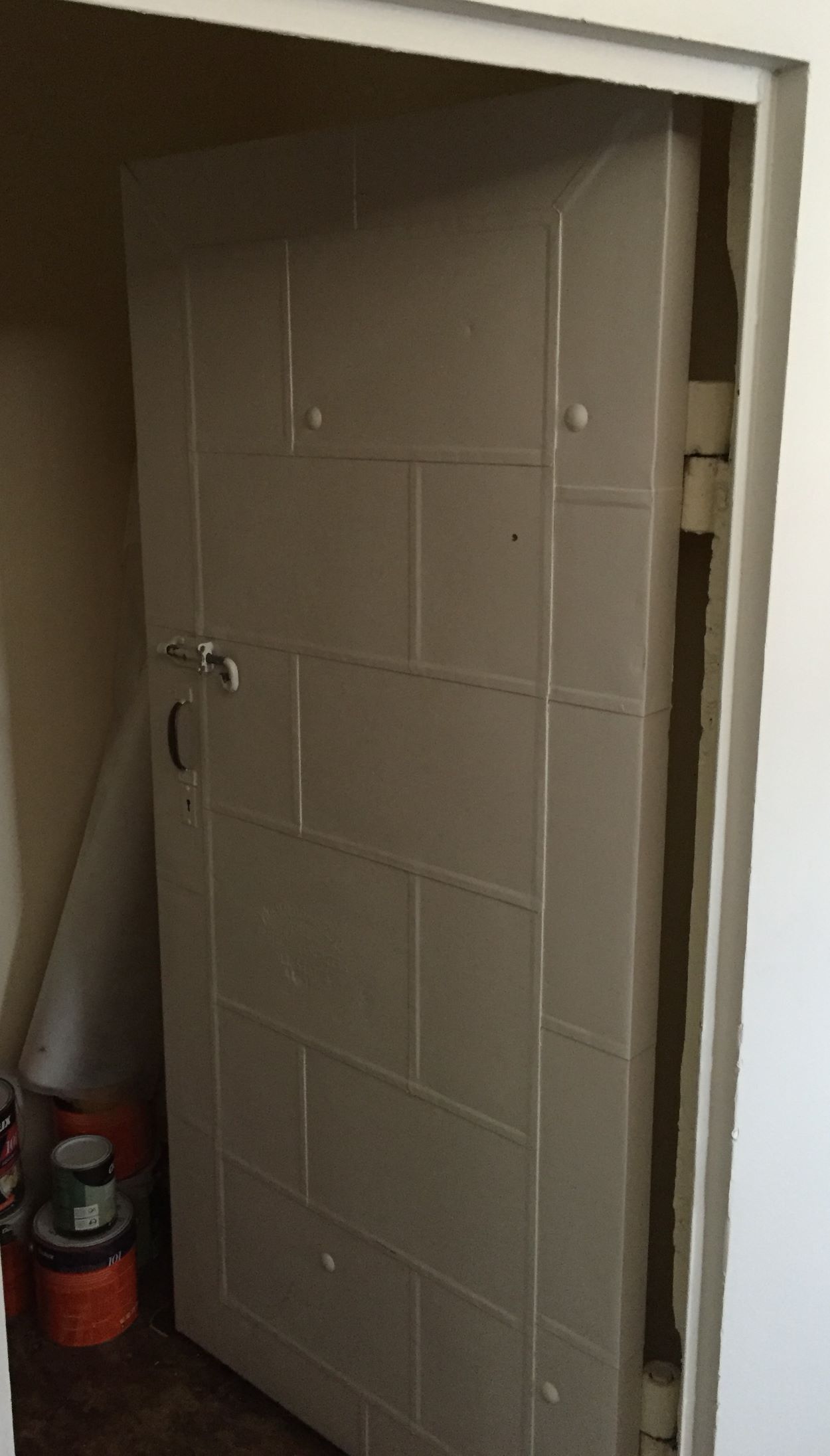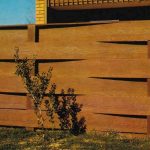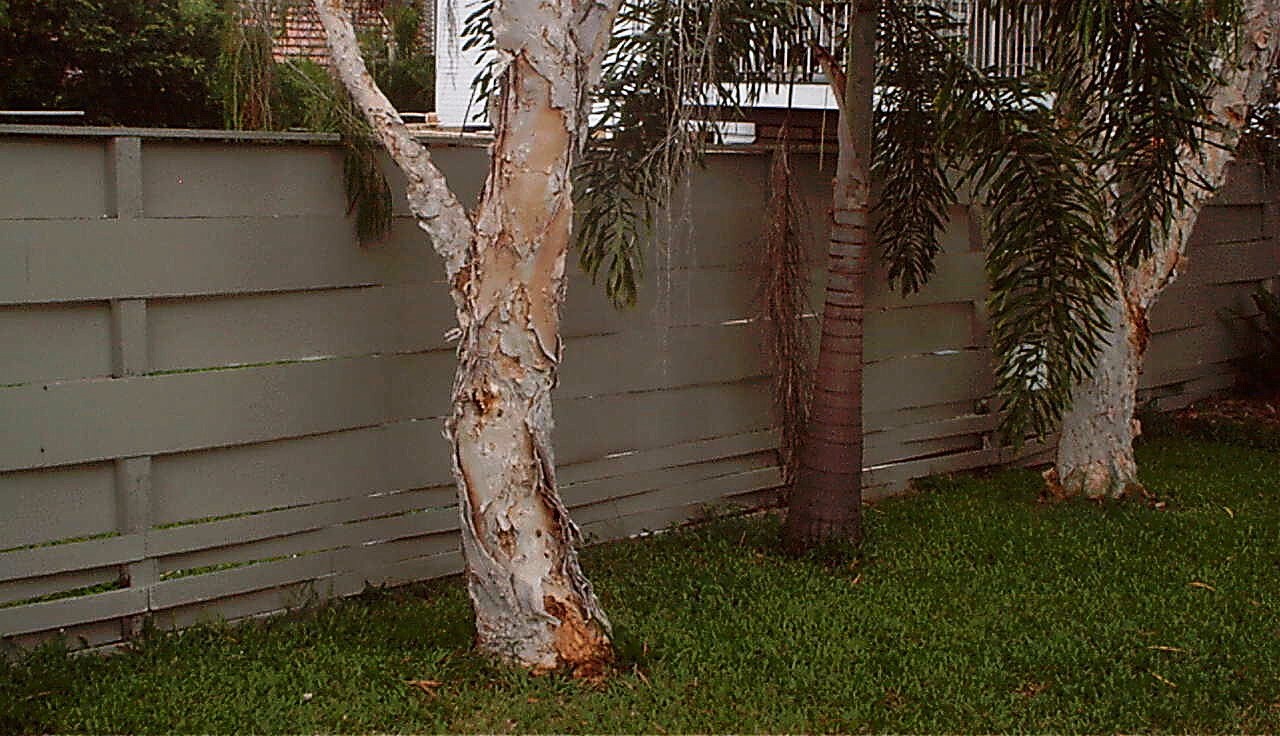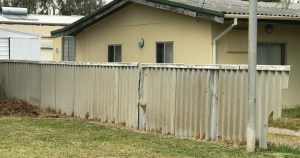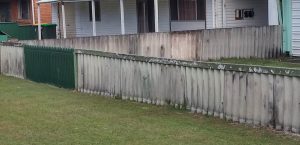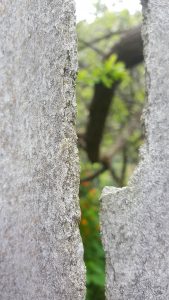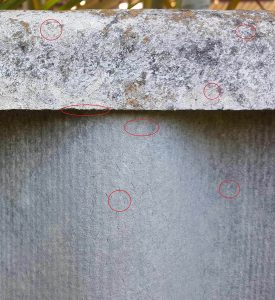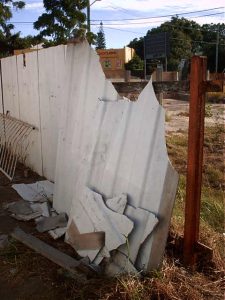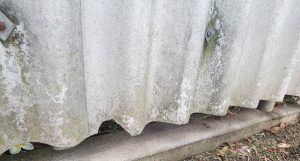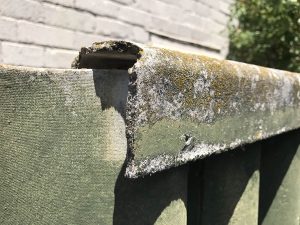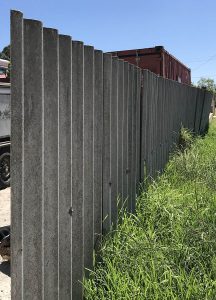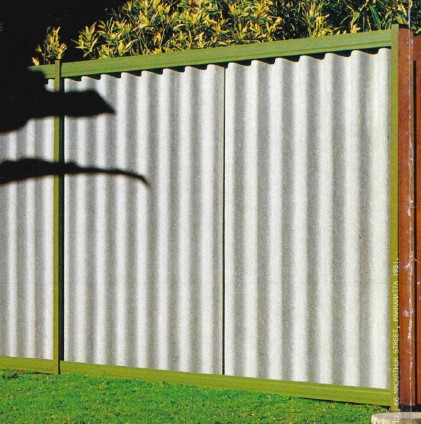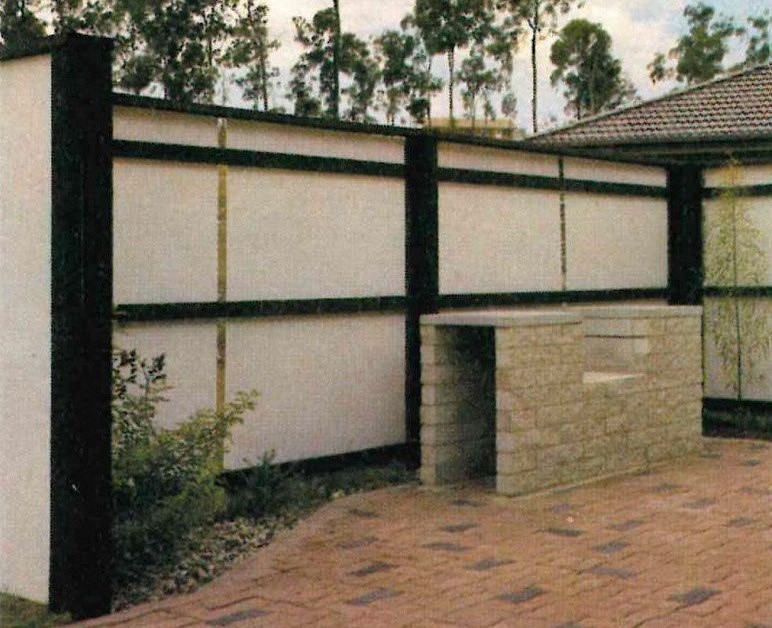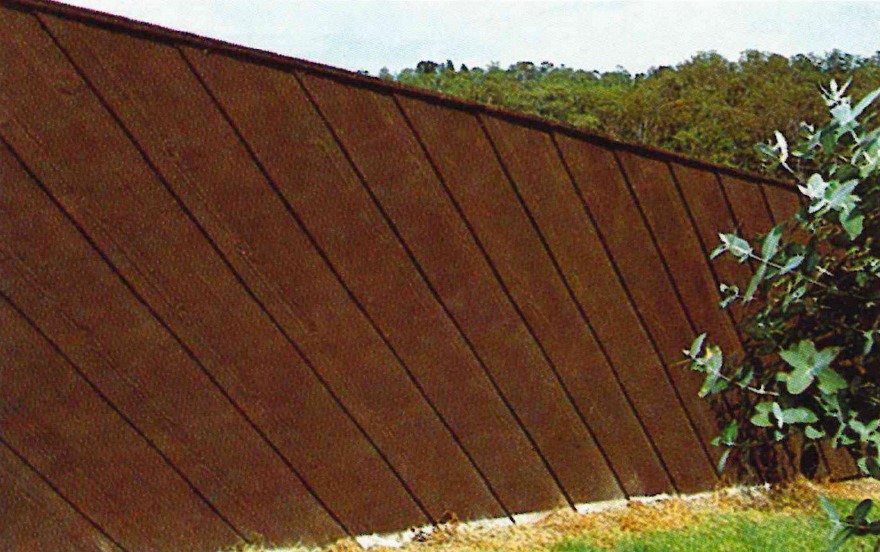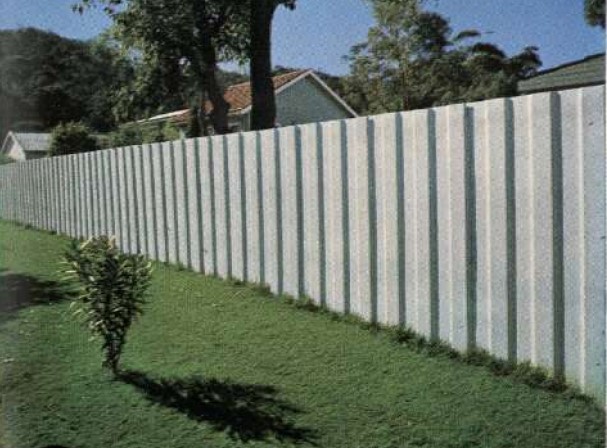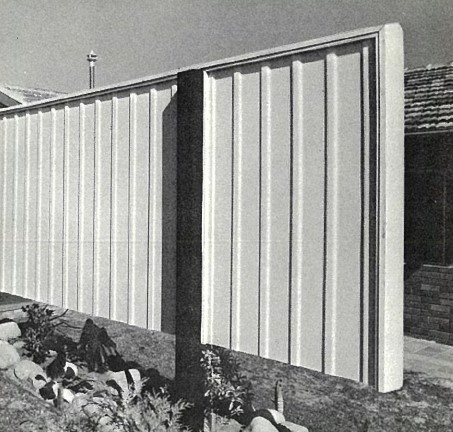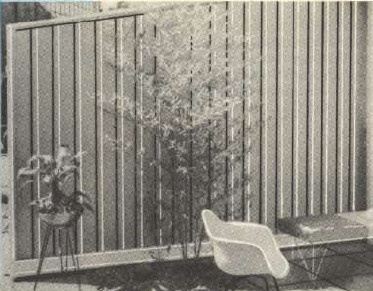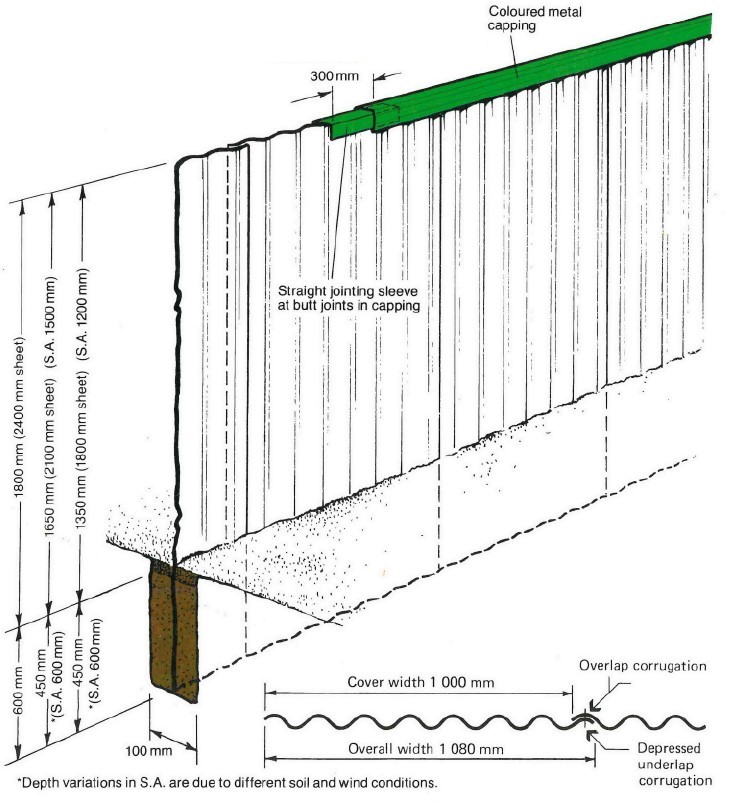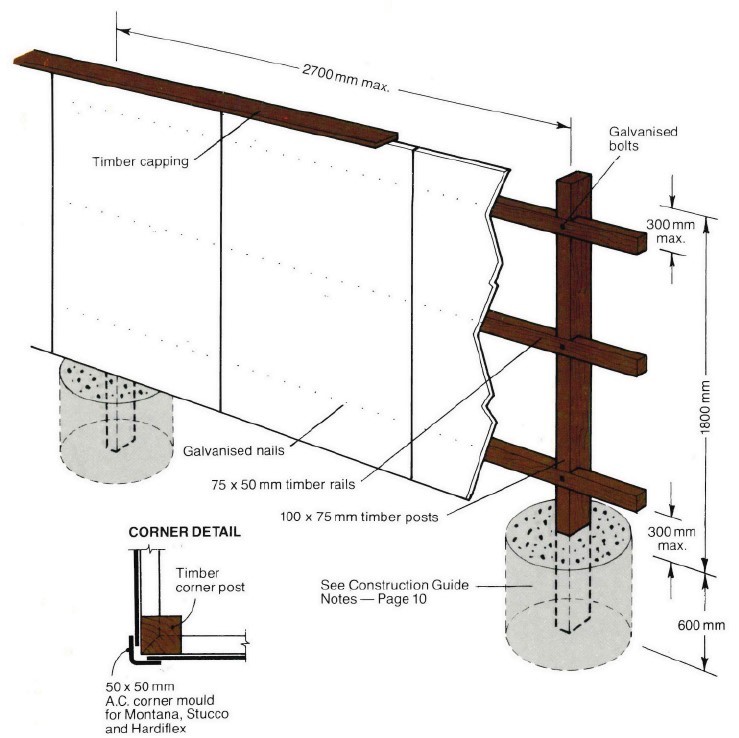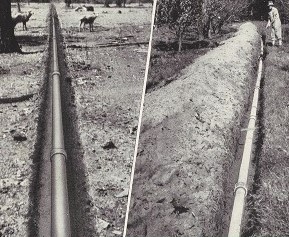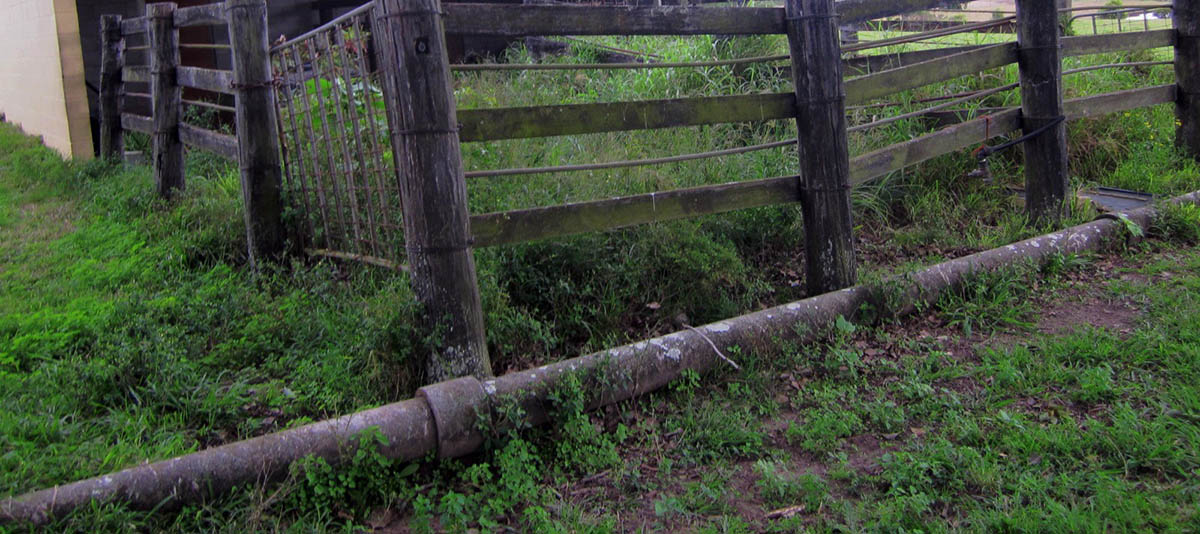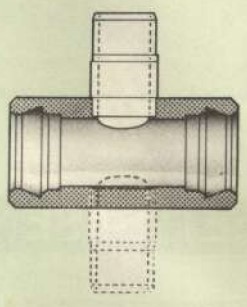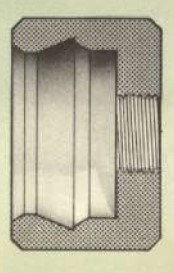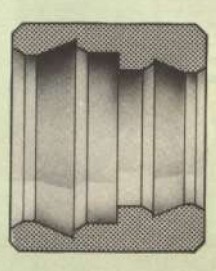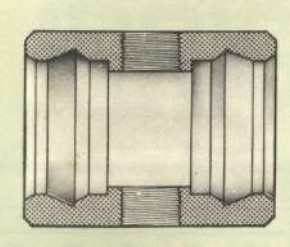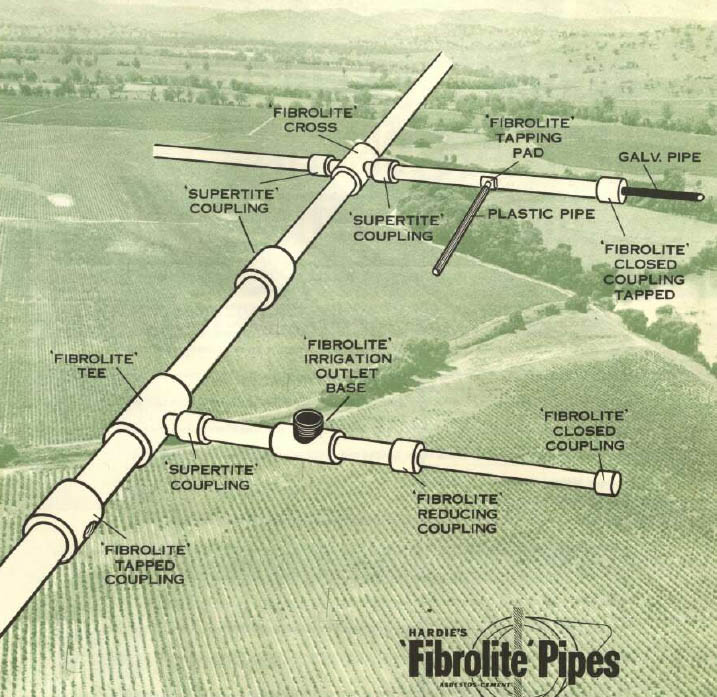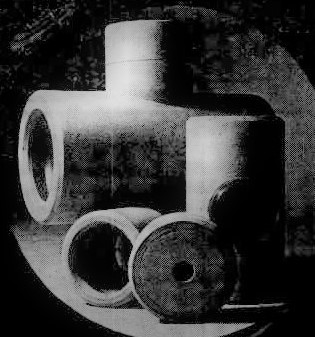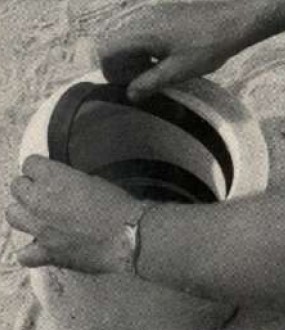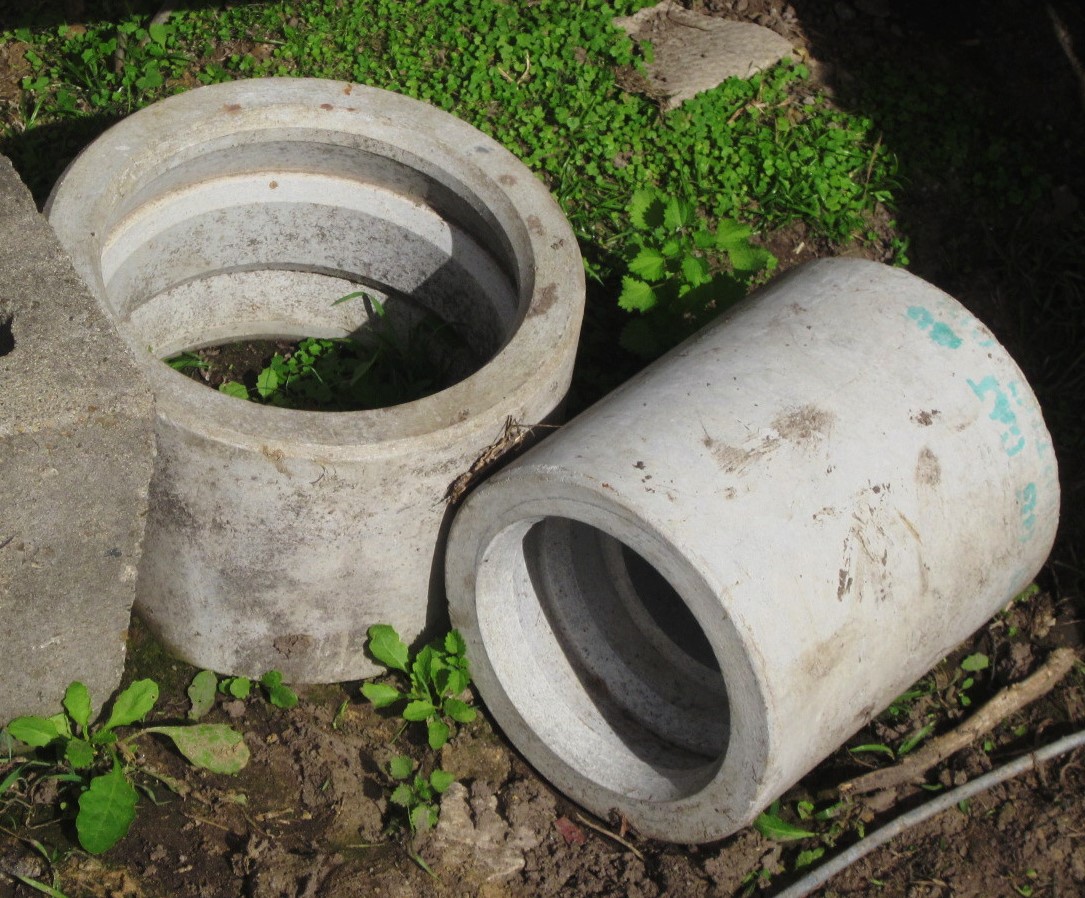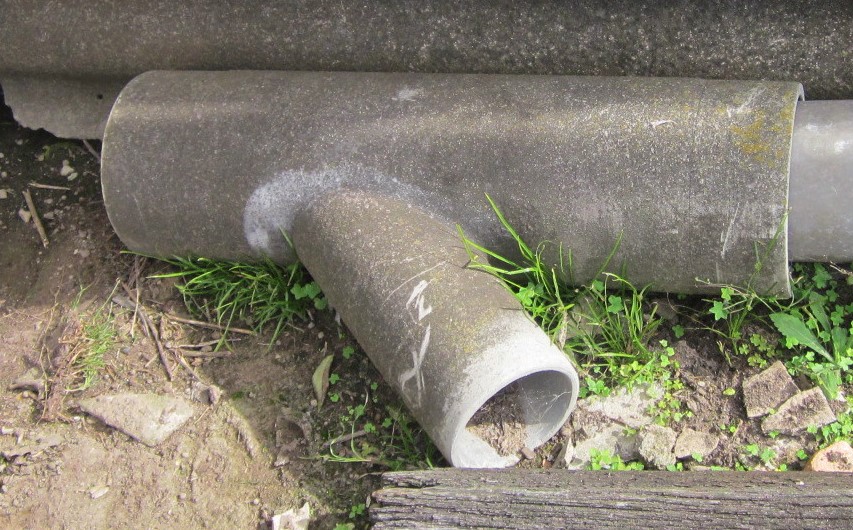Home / Building Structures & Components
Timber faced asbestos cement sheeting
Description
AC sheeting with actual timber or imitation timber veneer on one face.
Used as an aesthetic enhancement for interior areas. Promoted as fire retardant, and so recommended for use around fireplaces.
Also used for counter-front facades in public reception office areas, halls, spandrels and interior walls and partitions.
Wunderlich Duraveneer was advertised as being faced with actual Queensland walnut and maple timbers.
Asbestos Products Limited produced Armac, described as easily mistaken for highly polished expensive timber. Likely an imitation timber and advertised as available in a range of wood grains. Armac may have been manufactured in an identical manner to a laminated AC sheeting for wet areas (Artyle), which was a Tilux-type of product.
Brands/products
- Armac
- Duraveneer
Years of production/use
1930s – 1940s
Residential uses
- Interior facades, fireplaces – older residences built or renovated up until late 1940s
Industrial uses
- Older commercial offices, council buildings, banks, public facing areas – built or renovated up until late 1940s
Be aware
Actual woodgrain veneers may require core sampling or partial deconstruction to identify AC sheeting.
Home / Building Structures & Components
Bituminous membranes for non-roofing applications
Description
Bitumen (asphalt) based flat sections supplied in flexible rolled lengths. Asbestos may be contained in a layer of the bituminous roll or applied separately as a felt layer first with an asphaltic membrane covering.
Used for weather and water proofing.
Usually applied by rolling out the membrane onto a surface and applying heat (flame) to partially melt the compound and provide adhesion to the surface being applied to.
May be inserted into expansion joints.
Brands/products
Nurolite
Years of production/use
Prior to 2003
Residential uses
Paved areas, apartment block surrounds, moisture proofing of interior areas such as cellars and split level flooring.
Industrial uses
- External mezzanines, decks, upper floor walkways on commercial buildings, concrete pavements, driveways, brick wall expansion joints between extensions, flashing
Be aware
Exposed edging and sections subject to waterflow may be a point of increased deterioration, exposing fibres.
Learn the history of the site – asbestos containing bituminous membranes may have been encapsulated.
Non-ACM bituminous membranes are still widely used.
Home / Building Structures & Components
Imitation stone on asbestos cement sheeting
Description
AC sheeting with a thin manufactured façade adhered to surface with appearance of stone. Façade composition has similar structure to imitation bricks – Likely a plastic composition.
Designed for exterior walling. AC sheet was Wunderlich Durabestos.
Tor-ite Stone has the appearance of cut sandstone blocks with grout lines.
Wonga Stone, aka Wonga board, has the appearance of shaped stones laid with grout.
Stoneboard was a non-ACM product with a Burnieboard backing also produced by PBS, designed for interior use. Had an identical appearance to the Tor-ite Stone product.
Fire-Bak was another product marketed as Firebak Stoneboard. No Images located.
Printed instructions and information are likely to be adhered to the reverse side of the AC sheet.
Brands/products
Tor-ite Stone
Wonga Stone
- Plywood & Builders Supply (PBS)
- Fire-Bak
- Stoneboard (non-ACM)
Years of production/use
PBS product: 1963 to early 1970s
Similar product from other manufacturers may have been produced later.
Residential uses
- Interior feature walls, exterior facades, BBQ areas, patios, exterior cladding over existing AC sheeting, brick or timber.
Industrial uses
- Motels, public buildings, clubs, shops churches,
sales rooms
Be aware
The Tor-ite product could easily be used for interiors, particularly around heating structures such as fireplace facades. Although the Stoneboard was designed for this use, the AC sheeting may have been favoured by DIY installers.
Retailers advertised all three products for interior and exterior use.
Tor-ite and Stoneboard may be easily mistaken for each other
Home / Building Structures & Components
Compressed flat asbestos cement sheeting
Description
Compressed, high density AC sheet with double face, thicker than common AC flat sheeting. Sold in square or rectangular panels. Smooth face both sides or with single side non-skid patterned face.
1980 specs show production was in thicknesses of 6mm, 9mm, 12mm, 15mm, 18mm and 24mm.
Internal and external use. Developed for weather-proof, moisture-proof applications.
A dense, high strength, building product for bathroom/toilet partitions in commercial premises and public buildings, spandrel panels and porch flooring. Advertised for curtain walls, balustrades on bridges and balconies, stairtreads, bathroom floors, underlay for tiles, suspended decks, sub-floors, sun louvres, windowsills, tunnel linings, laboratory bench tops and permanent formwork applications such as bridge decking. Advertised as able to be applied directly to joists.
Hardie’s technical publications for the construction of decking with compressed sheeting recommended the use of AC spacing strips (offcuts) and AC internal angles as base moulding (1980).
Brands/products
- Fibrolite
- Fully compressed thick sheets
Years of production/use
Late 1960s-1980s
Following the cease of asbestos use, Hardie’s manufactured an identical cellulose fibre product under the name Compressed Sheet II. This may be branded on the underside edging. If unsure, sampling for testing by a NATA accredited laboratory is the only method of confirming the non-asbestos product.
Residential uses
Decks, landings, flooring, balustrades on multi-storey apartments
Industrial uses
Balustrades on bridges, toilet and changeroom partitions
Be aware
Weathering combined with direct contact such as foot traffic, will have increased damage effect.
External decking with a compressed sheet upper surface may have a second layer of AC sheeting installed underneath, separated by sarking.
Home / Building Structures & Components
Concreting and support formwork
Description
AC sheeting or pipes used as formwork or shuttering for shaping, reinforcing or underlaying concrete pours. Permanent formwork or temporary. AC products left in-situ as permanent formwork may not be visually apparent as AC due to the similar colour to concrete, particularly if painted.
Hardie’s marketed a 2.7m set shaped slab edge for DIY concreters.
Up until around the 1940s, Hardie’s manufactured AC Hollow Floor Blocks, an alternative to (Coal) coke breeze blocks, which were a popular method used in the late 1800s into the 20th Century to reinforce concrete. Breeze was small cinders and cinder-dust (extinguished partially burned coal). This was mixed with cement, cast in wooden moulds, and made into blocks. The AC product provided other advantages as advertised.
Brands/products
- Any brand product
- Fibrolite
Years of production/use
- Slab edges – produced to mid-1980s
- Hollow floor blocks – Late 1920s-1940s
- Ad-hoc use of other material is an ongoing issue
Residential uses
BBQs, DIY construction, framework support
Industrial uses
Ad-hoc concrete infills, older bridges
Be aware
DIY construction decisions may dictate use in unexpected situations.
Painted AC may display dimpling pattern.
Home / Building Structures & Components
Asbestos (core) in fire doors
Description
Doors with core of compressed, often friable, asbestos to enable fire resistance. May also contain LDB set in as core.
Doors may be steel or timber faced. Steel architraves may also indicate a fire door construction.
The core of a fire door may be exposed at the top, bottom and around mechanisms.
Hardie’s fire doors were constructed with K-Lite insulation (up to 1971), which was a low density, hydrous calcium silicate and 10-15% amosite asbestos mix.
Some fire doors (single and paired) are installed with a fire panel over the top. The door frame may extend to the ceiling height with a fixed or removable transom between the door and the panel. The fire panel will often contain fire resistant material, whether identical to the fire door leaf, or in older panels also have an identical asbestos core to that of the door.
Fire doors will often be tagged with the manufacturer name and the date or year of installation. The fire panel may not necessarily be tagged.
See Durasteel information page.
Today calcium silicate is still one filling material used for fire door cores, without asbestos. Processed vermiculite is often used as a fire-retardant raw material in composite panelling within fire-rated door construction.
Brands/products
- K-Lite
- F.R. Board
- Metalbilt (Wormald Bros)
Years of production/use
Prior to mid-1980s
Residential uses
- Apartment blocks
Industrial uses
- All commercial and office buildings, factories, multi-storey industrial sites, access to plant rooms, warehouses etc
- Government and community buildings
Be aware
Older fire doors with asbestos may be difficult to identify. Modern fire doors are labelled as asbestos-free. Fire doors of an age without labels should be treated as containing asbestos.
Damaged top and bottom edges may result in abrasive leak of core into site, particularly if door does not have free movement.
Older fire doors may have been replaced in stair wells on occupied floors but those fitted to plant or lift motor rooms may have been left in-situ.
Dismantling door locks without prior structural knowledge may impact the fire door integrity and lead to exposure.
Core may consist of ACM and non-ACM material combination. Some doors have non-ACM infill panels to strengthen the housing of the locking mechanism.
Home / Building Structures & Components
Woven asbestos cement sheeting
Description
Cut to size AC sheeting or AC planks. Predominantly from late 1970s when this fence design was the subject of television advertising for use of Hardie’s Hardiplank (smooth or woodgrain). Design described as ‘Wovenplank.’
May be painted.
Years of production/use
Prior to 1990
Following the cease of asbestos use, Hardie’s manufactured near identical cellulose fibre products under the names Hardiplank II Woodgrain, Hardiplank II Smooth and Hardiflex II. This may be branded on the underside edging. If unsure, sampling for testing by a NATA accredited laboratory is the only method of confirming the non-asbestos product.
Brands/products
- Hardiplank Smooth
- Hardiplank Woodgrain
- Montana
- Wunderflex
- Fibrock
- Durabestos
- Tasbestos
- Fibrolite
- Hardiflex
Residential uses
House boundaries
Industrial uses
Rarely
Be aware
Rough saw-cut edges may have exposed fibres, particularly if weathered.
Home / Building Structures & Components
Asbestos cement fencing and screen panelling
Description
Any external AC sheeting or plank sheets. Corrugated, flat or moulded sheeting. Fence styles varied with flat sheeting.
Painted moulded panels may have steel appearance. Moulded woodgrain, if painted will appear as timber.
Corrugated often capped with AC capping or barge moulding.
Boundary and garden fencing, pool fencing, ramp rails, patio screening.
Lower sections of panel fencing may be buried up to 600mm to provide vertical stability.
Years of production/use
Prior to 1990
Following the cease of asbestos use, Hardie’s manufactured near identical cellulose fibre products under the names Hardiplank II Woodgrain, Hardiplank II Smooth and Hardiflex II. This may be branded on the underside edging. If unsure, sampling for testing by a NATA accredited laboratory is the only method of confirming the non-asbestos product.
Brands/products
- Super six
- Durabestos
- Deep six
- Master seven
- Durawall
- Ribwall
- Galbestos (USA)
- Hardiplank Smooth
- Hardiplank Woodgrain
- Fibrock
- Hardiflex
- Shadowline
- Coverline
- Fibrolite
- Tasbestos
- Asbestolite
- Montana
Residential uses
–
Industrial uses
–
Be aware
Like roofing, AC sheeting will also be affected by weathering over time whereby asbestos fibres can become exposed.
Weathered sheeting may have organic growth which may assist deterioration.
Home / Building Structures & Components
Asbestos cement pipes, couplings and fittings for irrigation and other rural use
Description
Standard pipe lengths were 13’ (3970mm).
See below for diameter charts.
Older connection components (circa 1930s- 1950s) such as gibault joints, flanges, sleeves, tees, elongated joints, hydrant outlets and bends were usually cast iron. Around 1963, moulded AC connections (Supertite and Fibrolite) were introduced: Tees, reducing couplings, closed couplings, tapped couplings, irrigation outlets.
Brands/products
- Fibrolite
- Supertite
Years of production/use
- Prior to 1990
- Metric pipe production commenced April 1974
Residential uses
- Town water supply
- Rural dwellings and accommodation (shearer’s quarters etc)
Industrial uses
- Agricultural use
Be aware
Disturbance by environmental elements, stock and feral animals may have caused damage.
Before commencing work with identified AC pipes in-situ, refer to: Asbestos-Cement Water and Sewer Pipe Management Guidelines.
